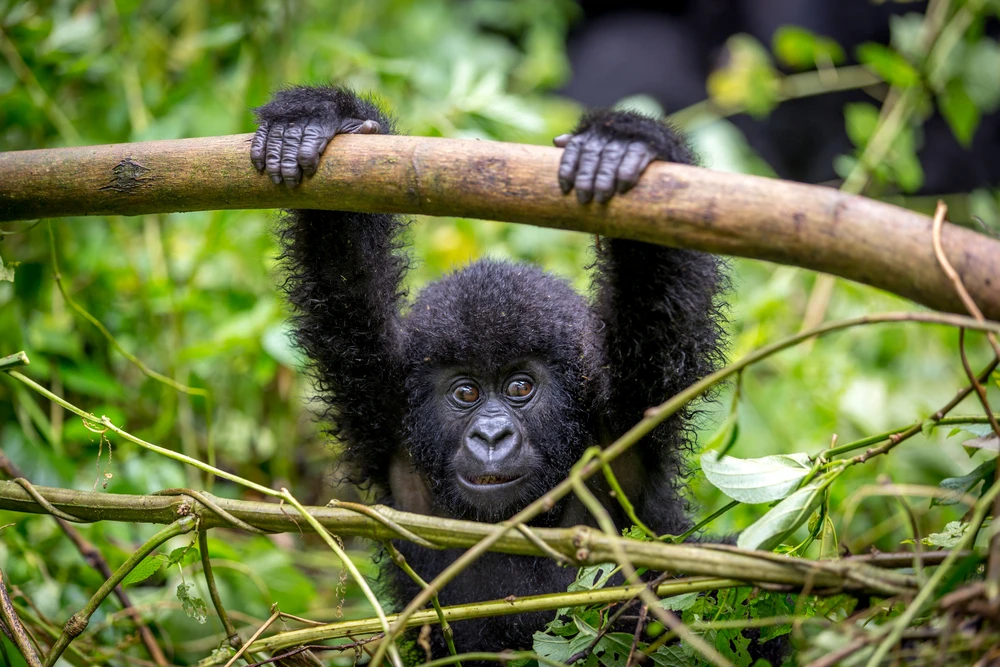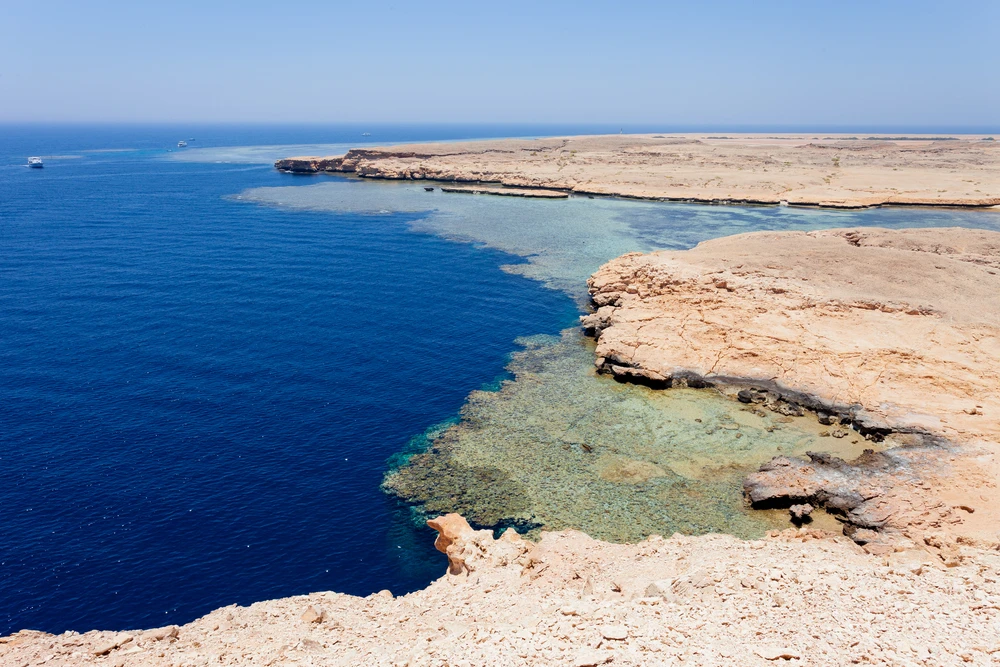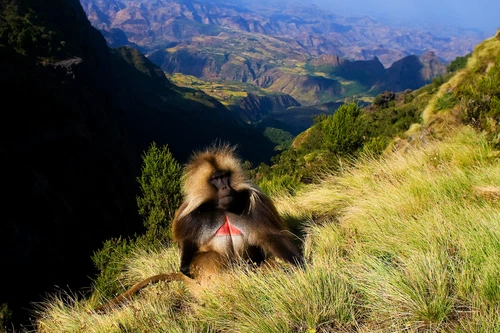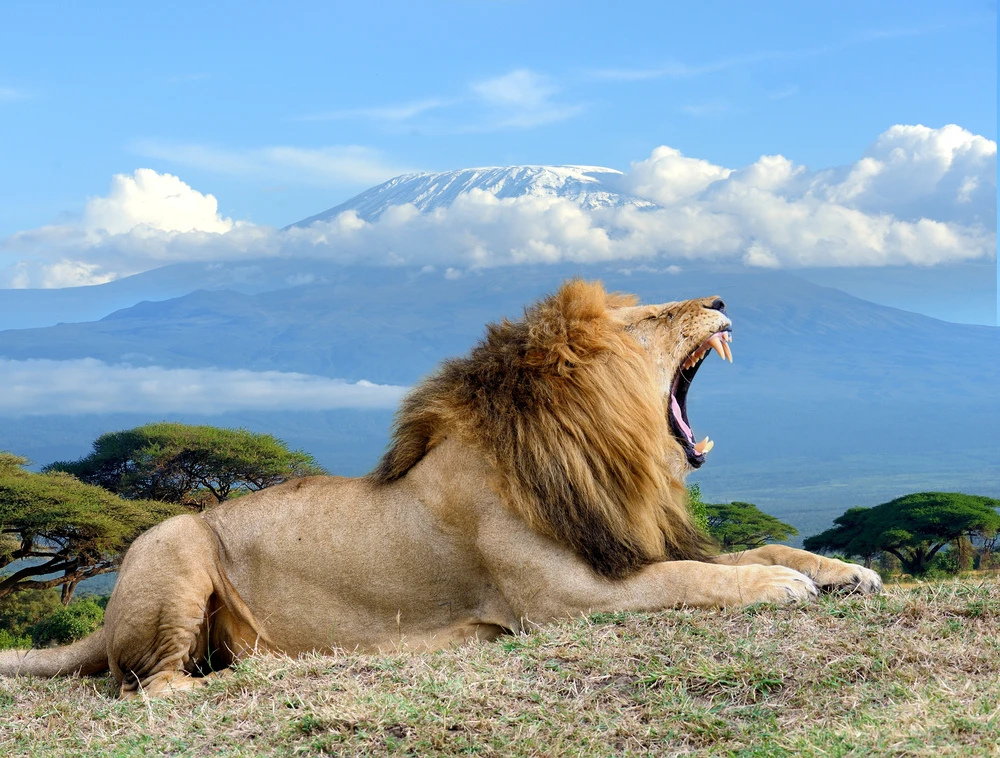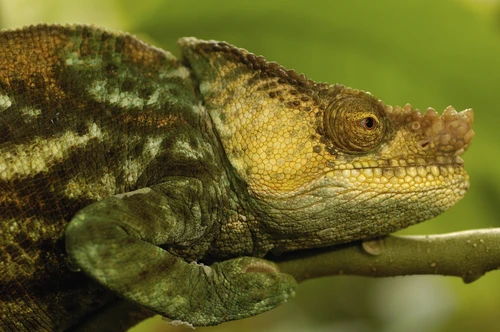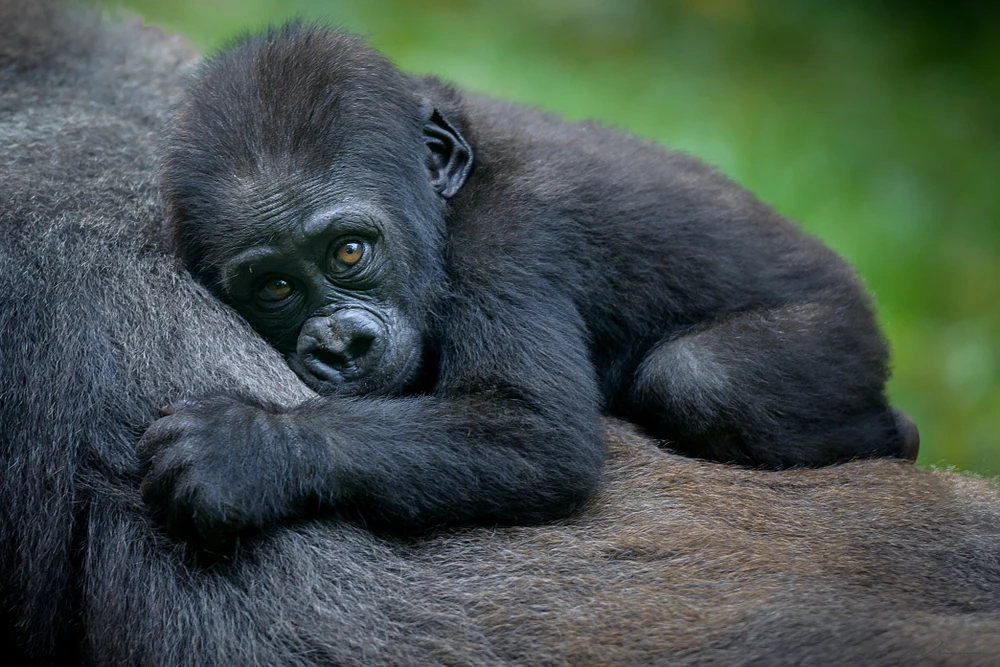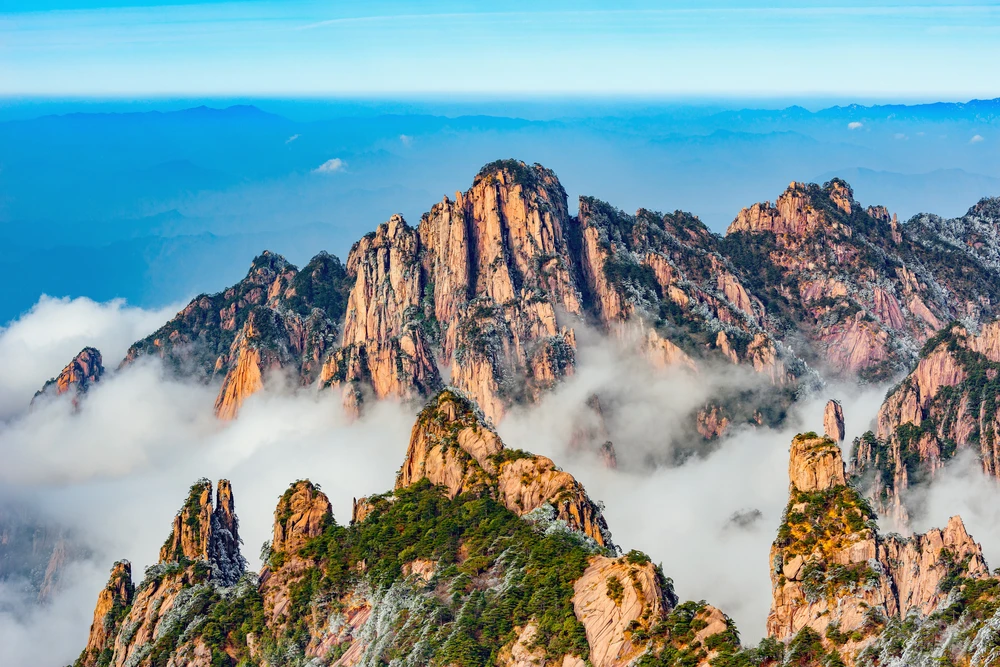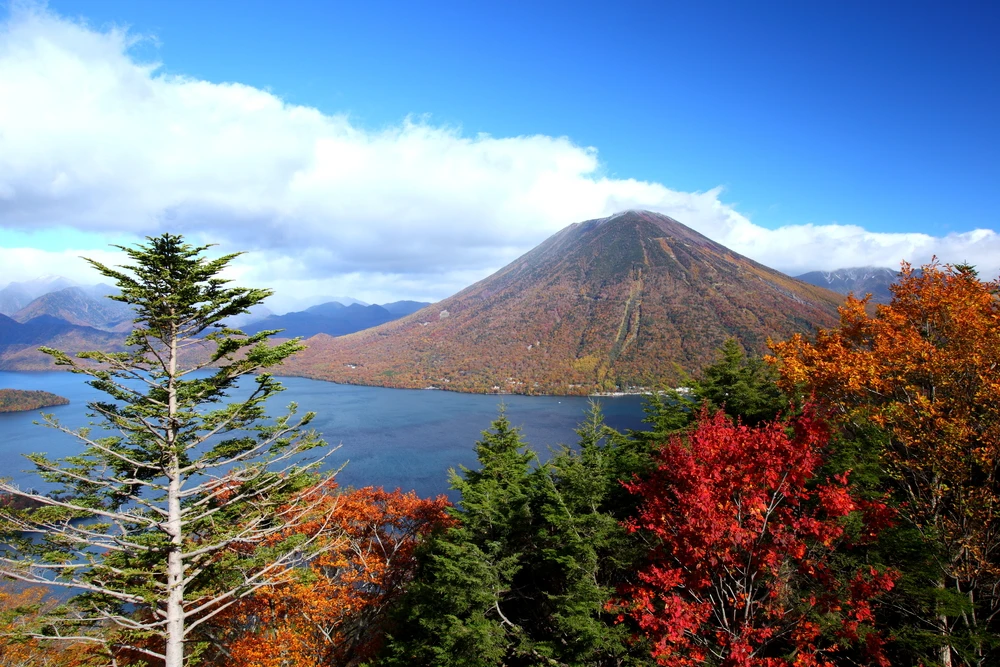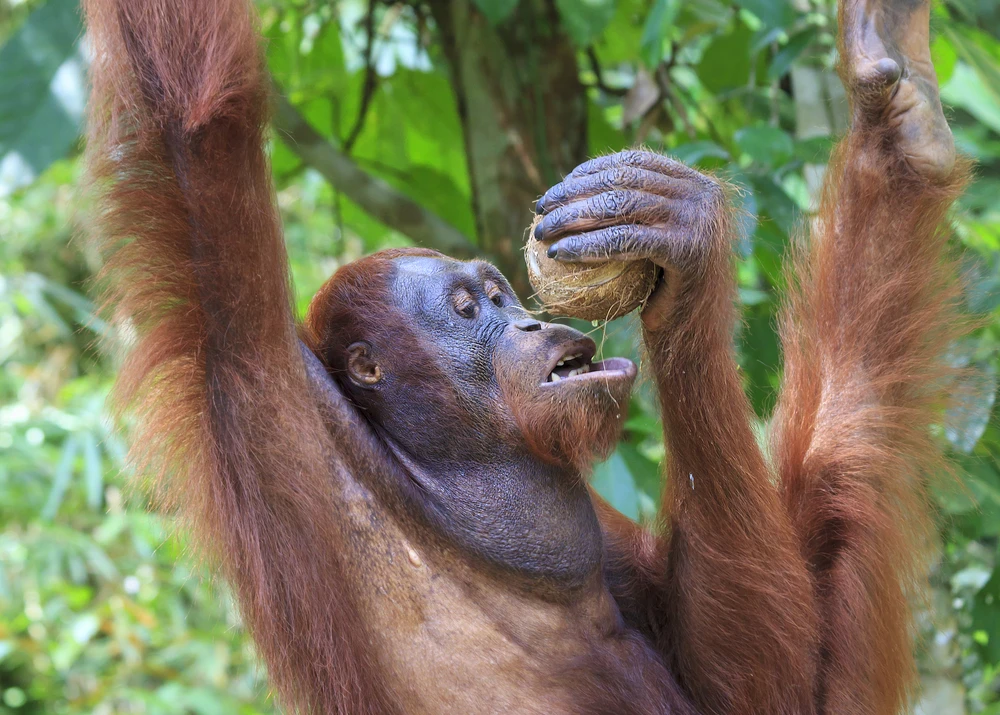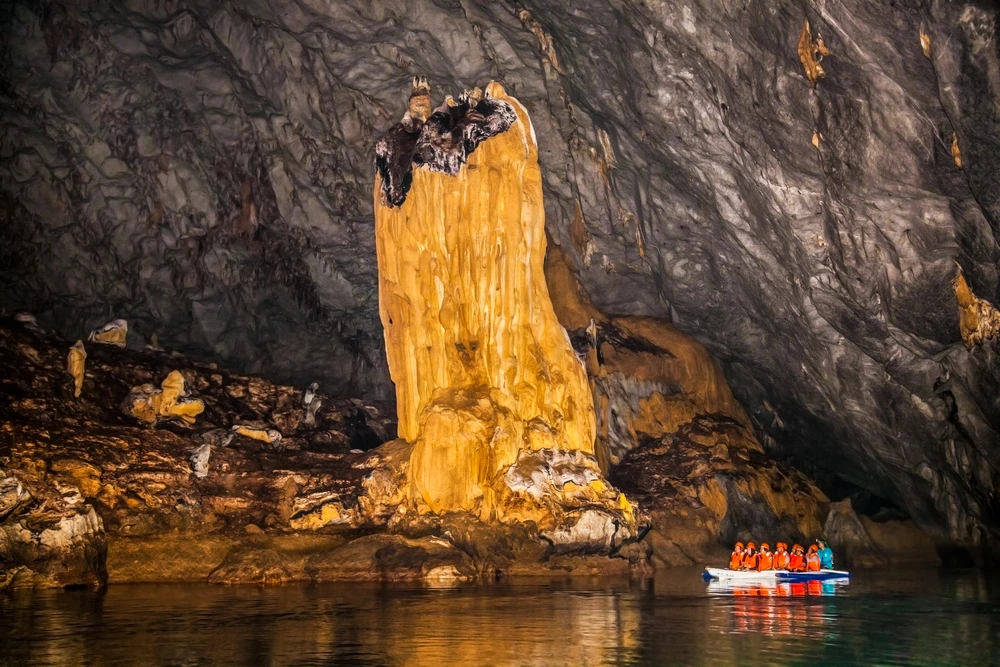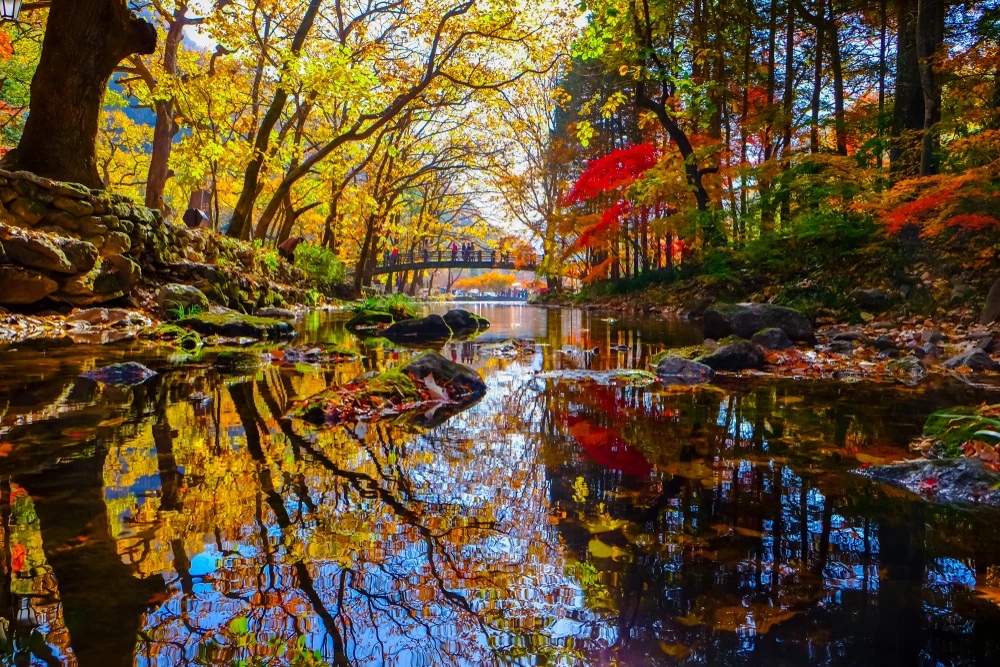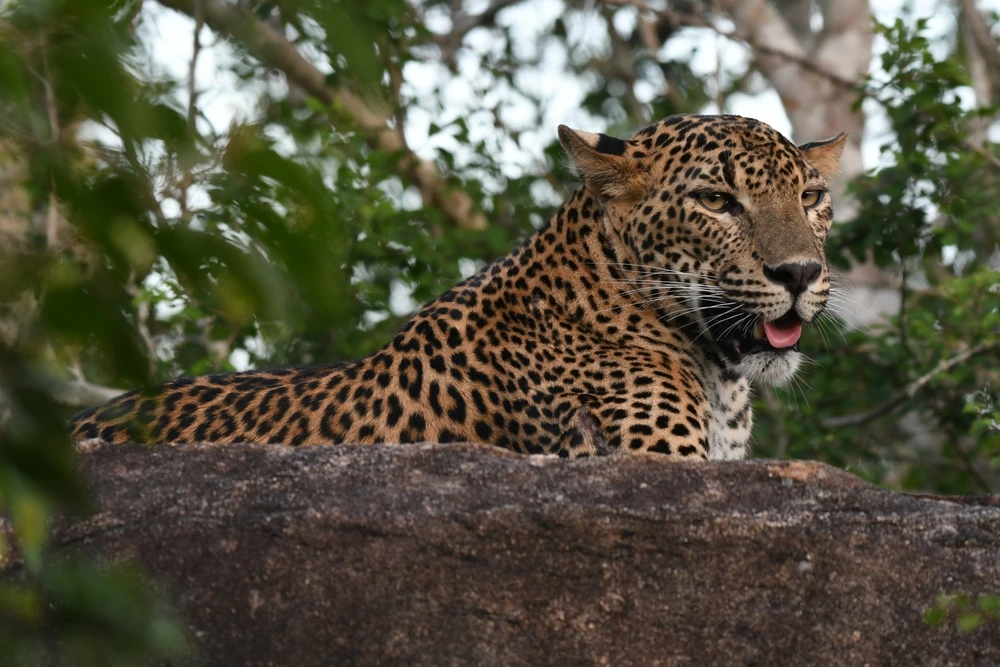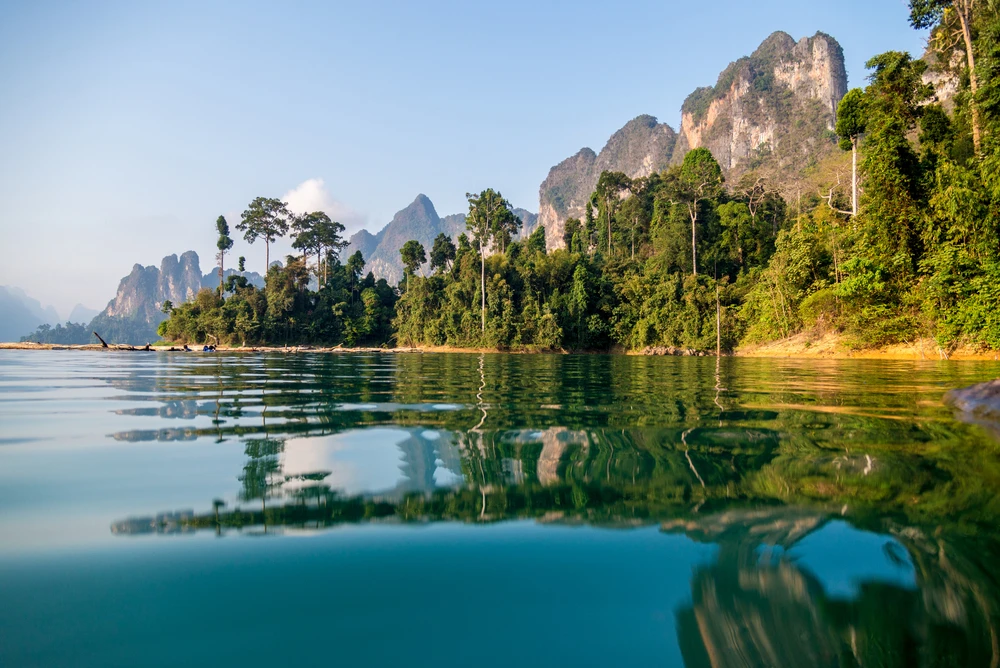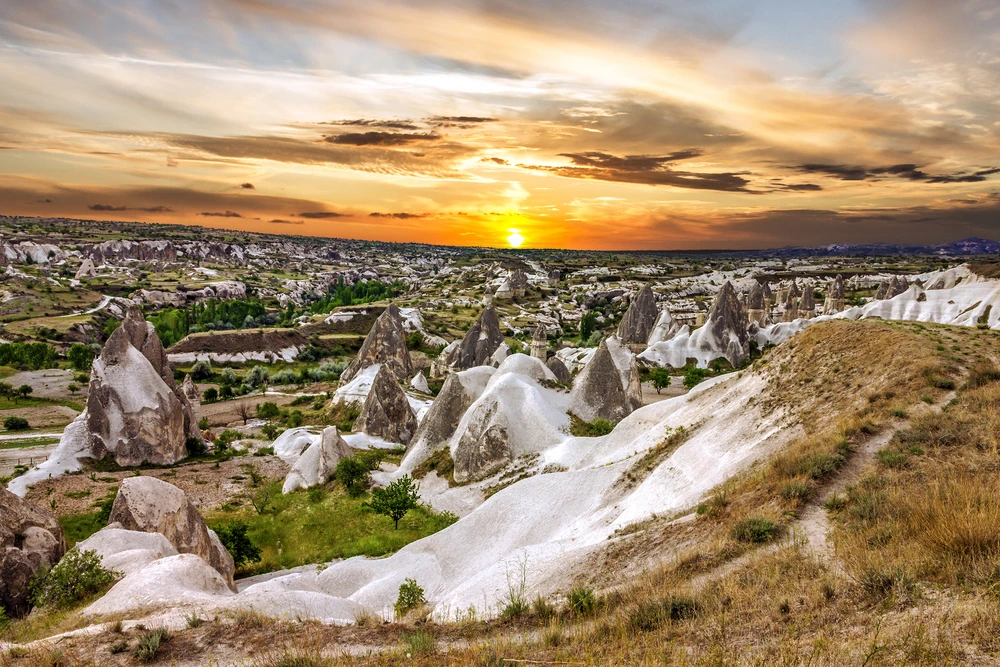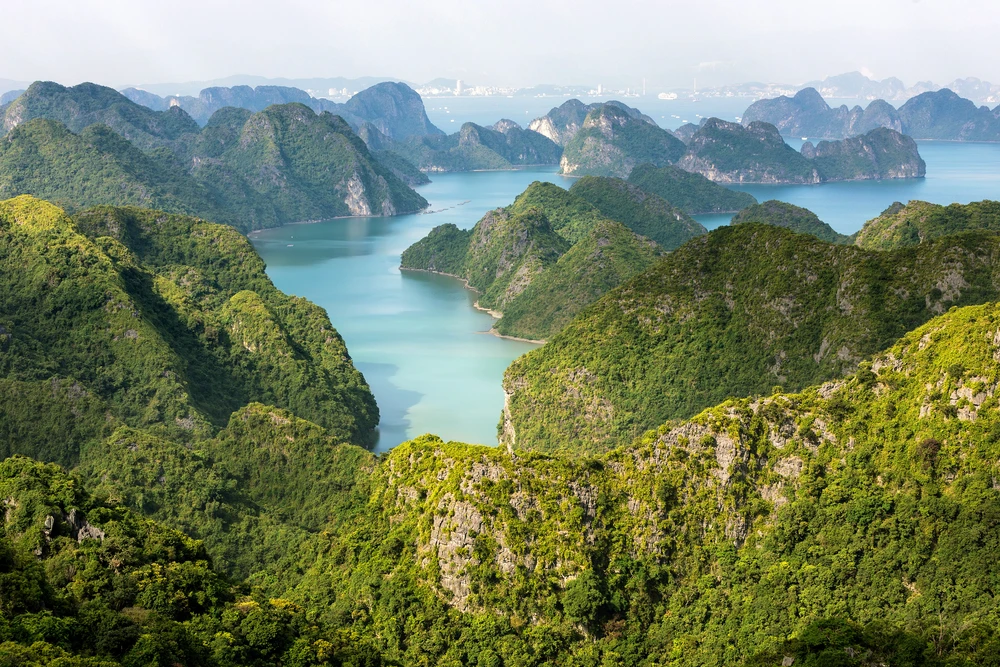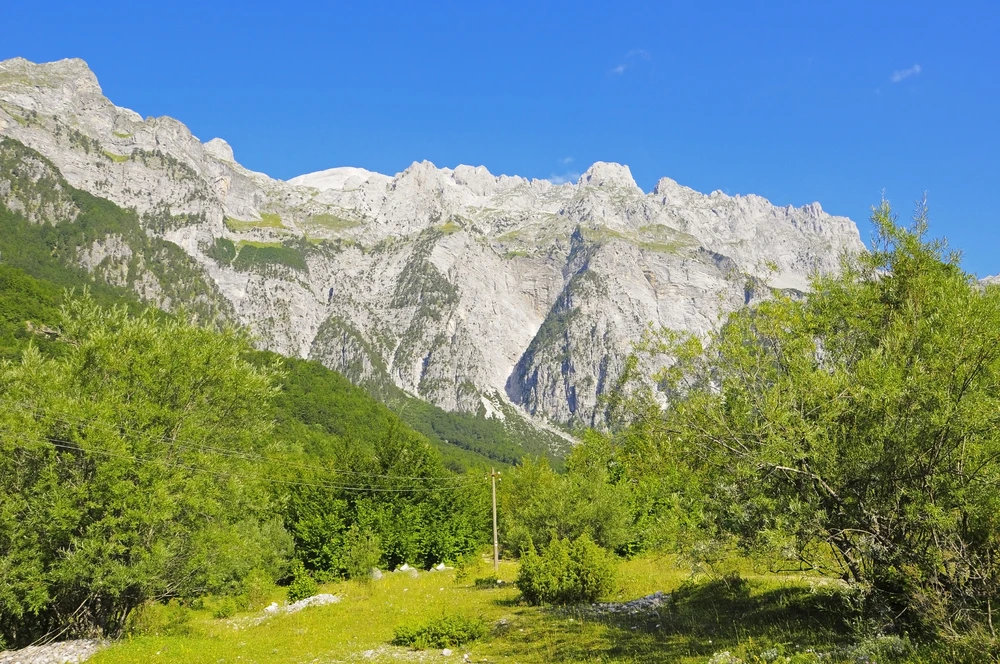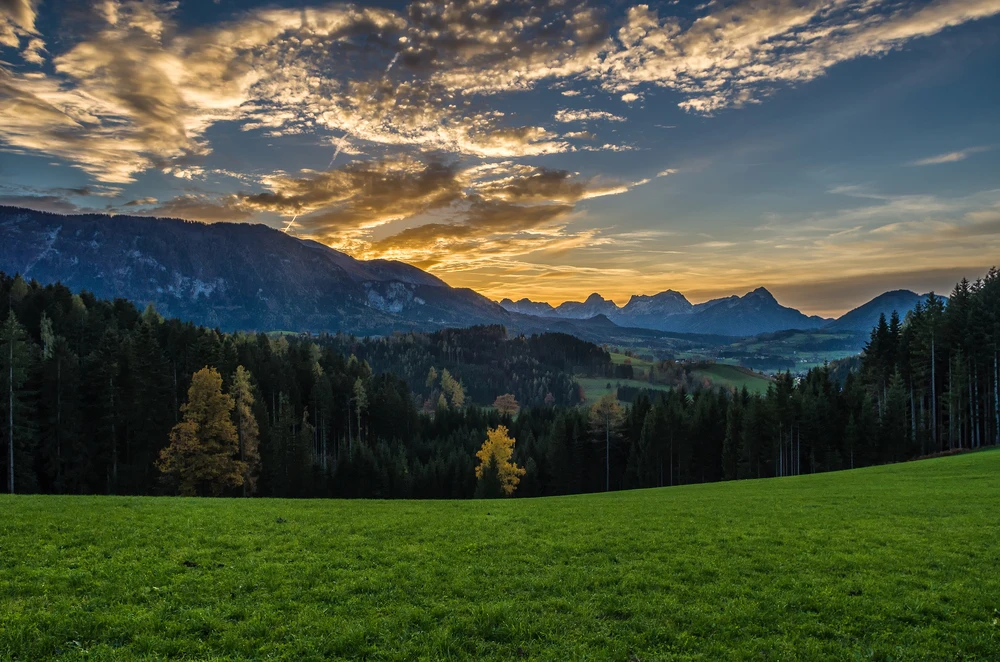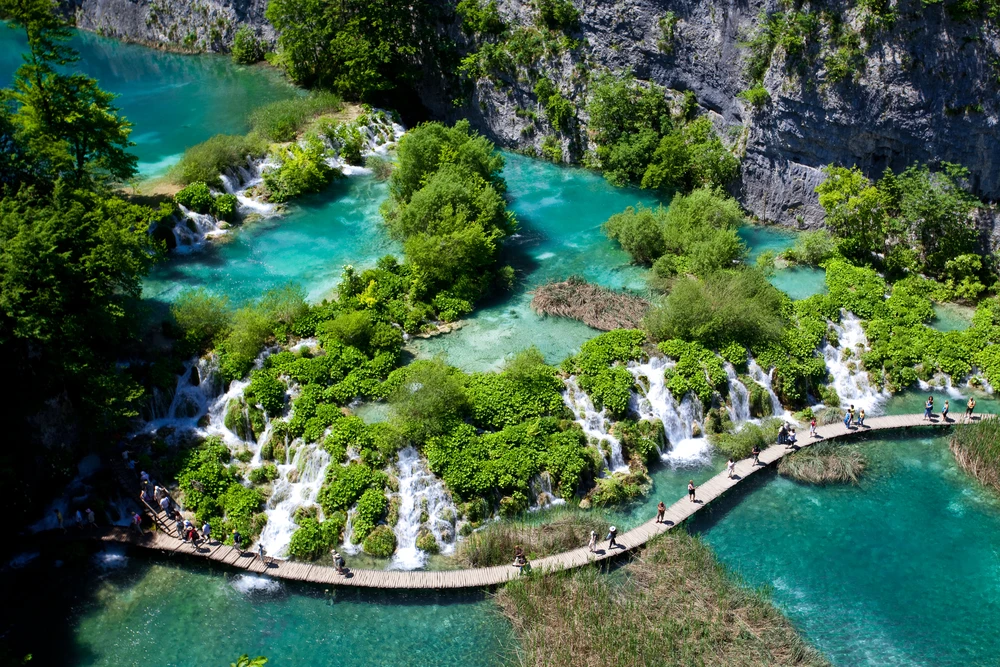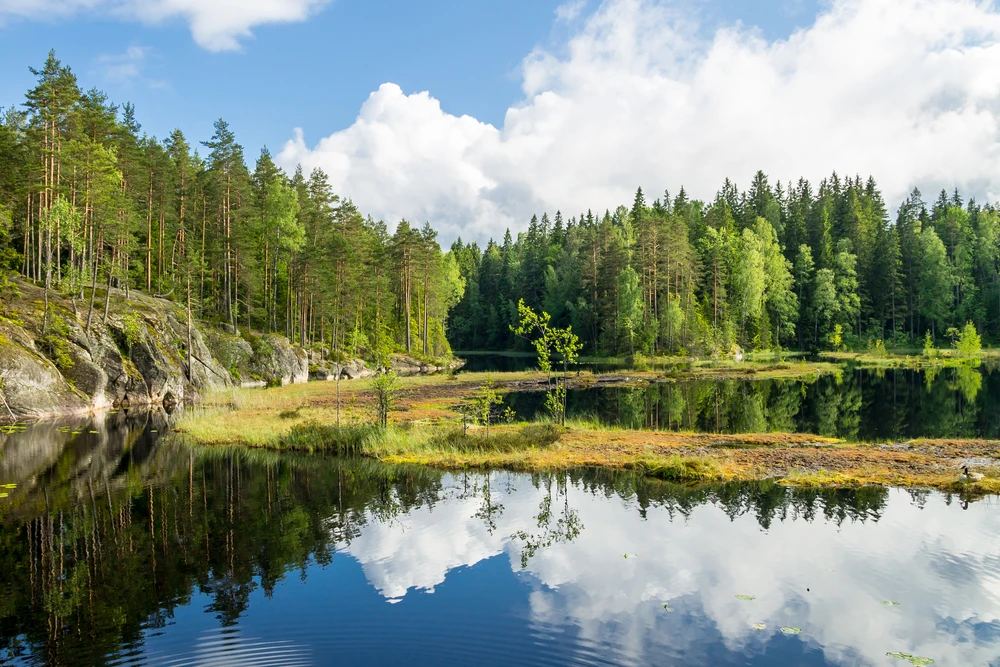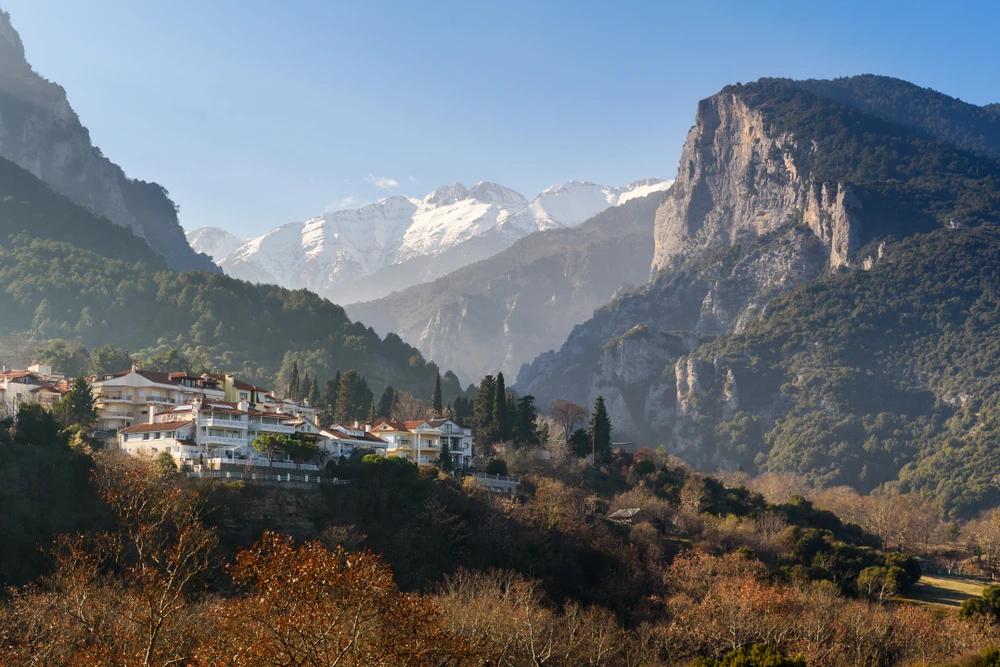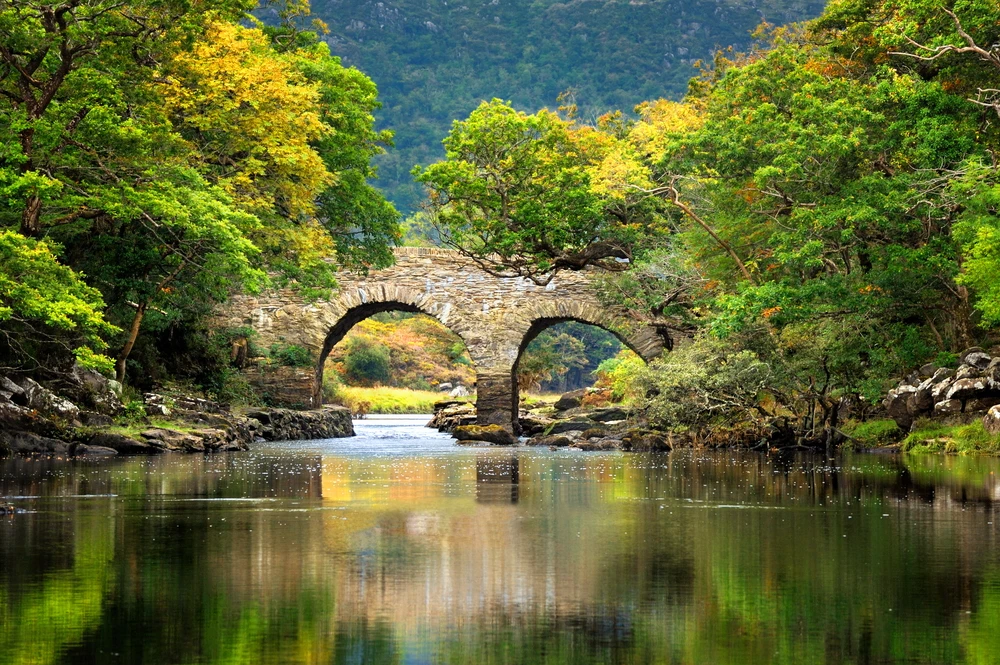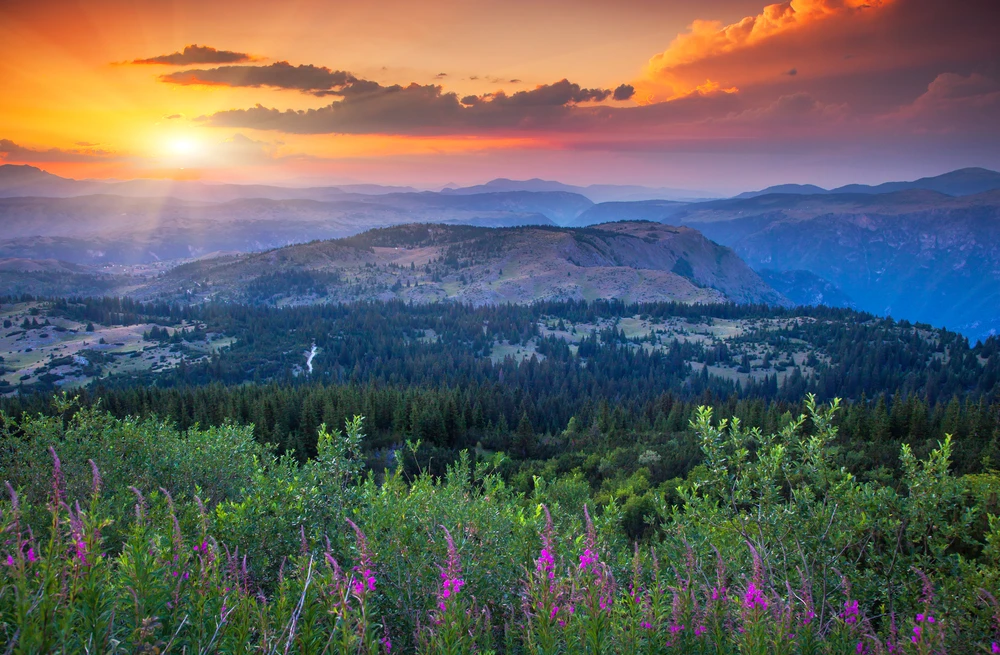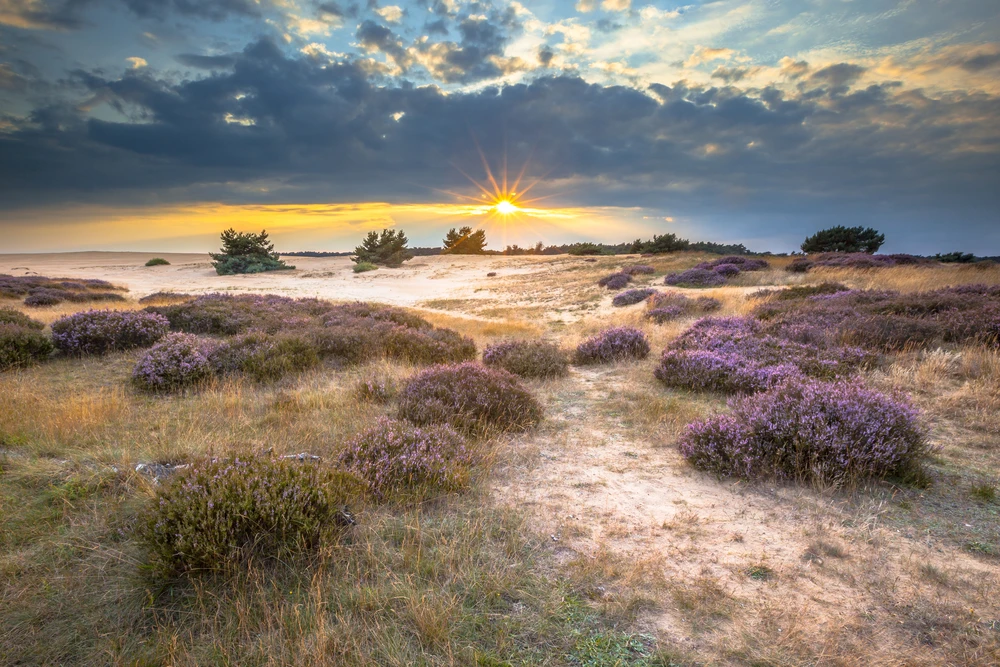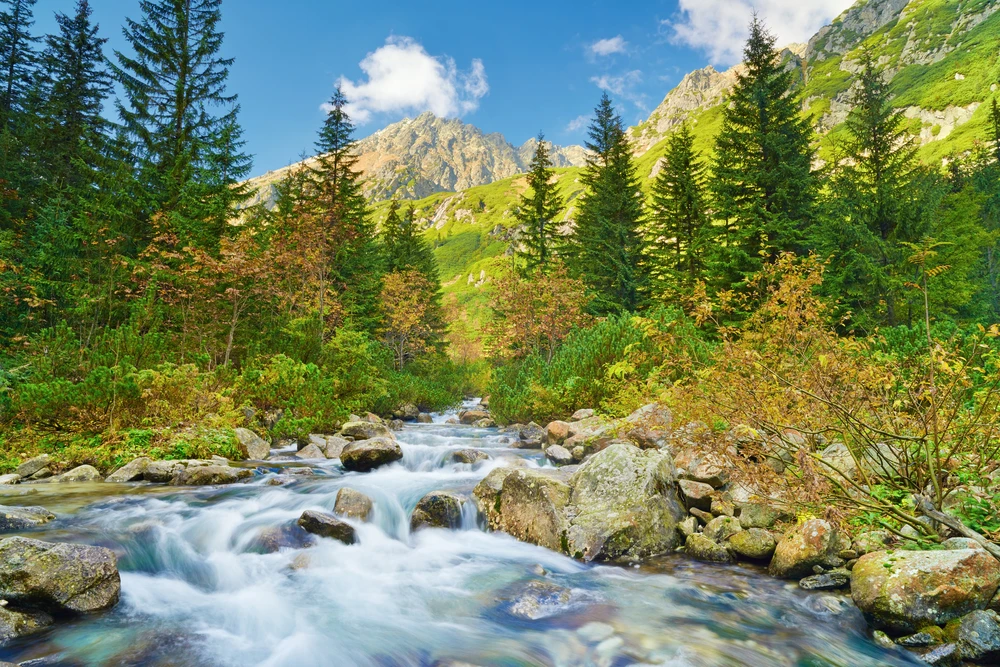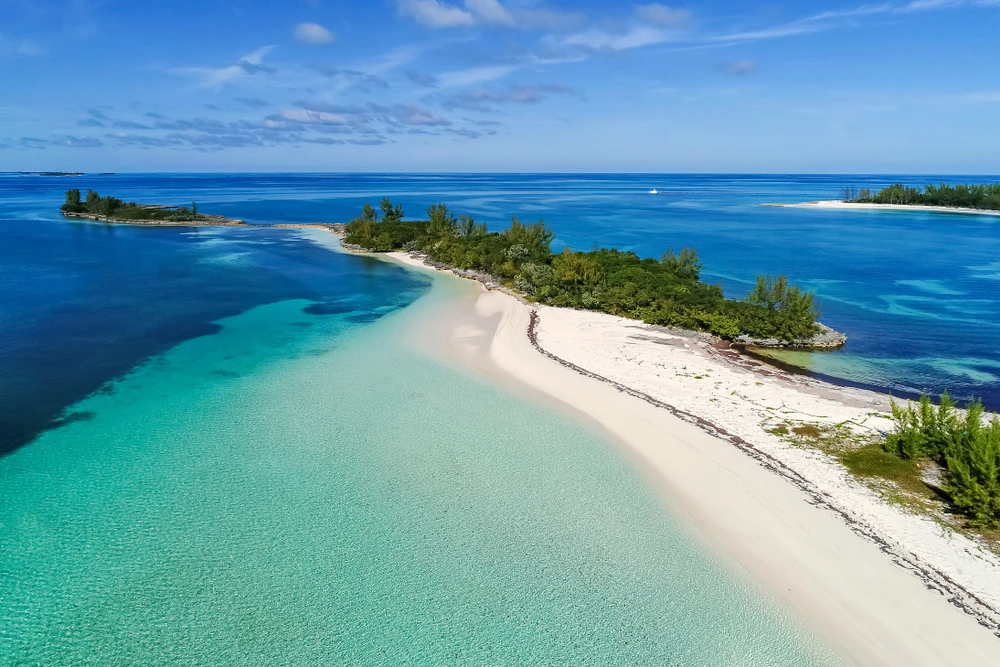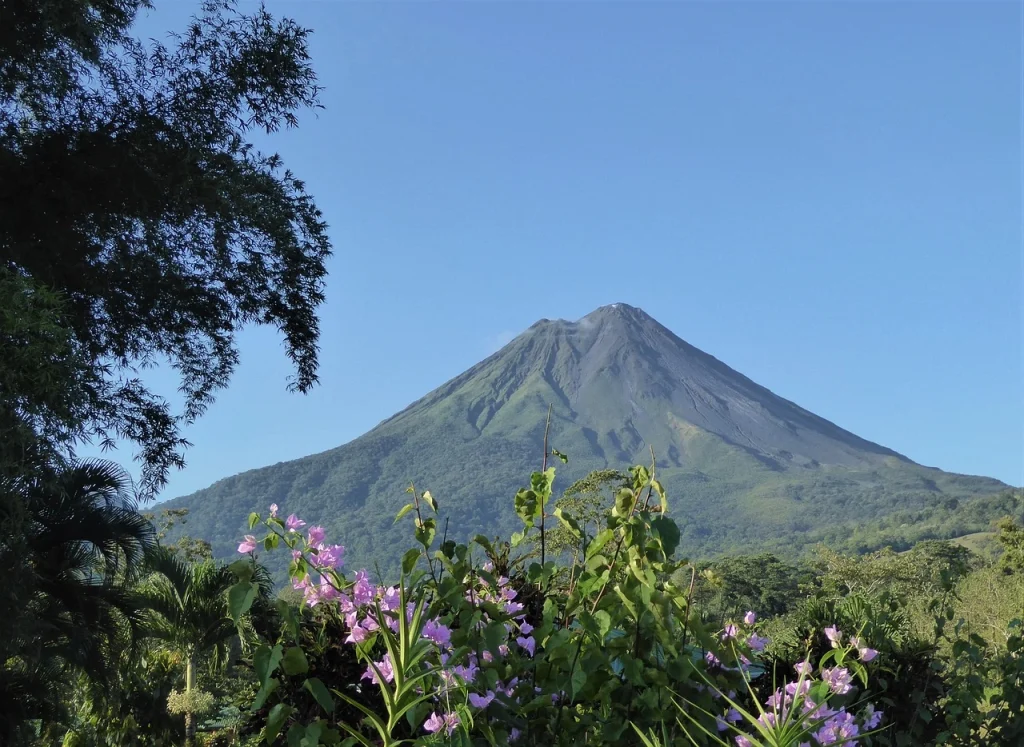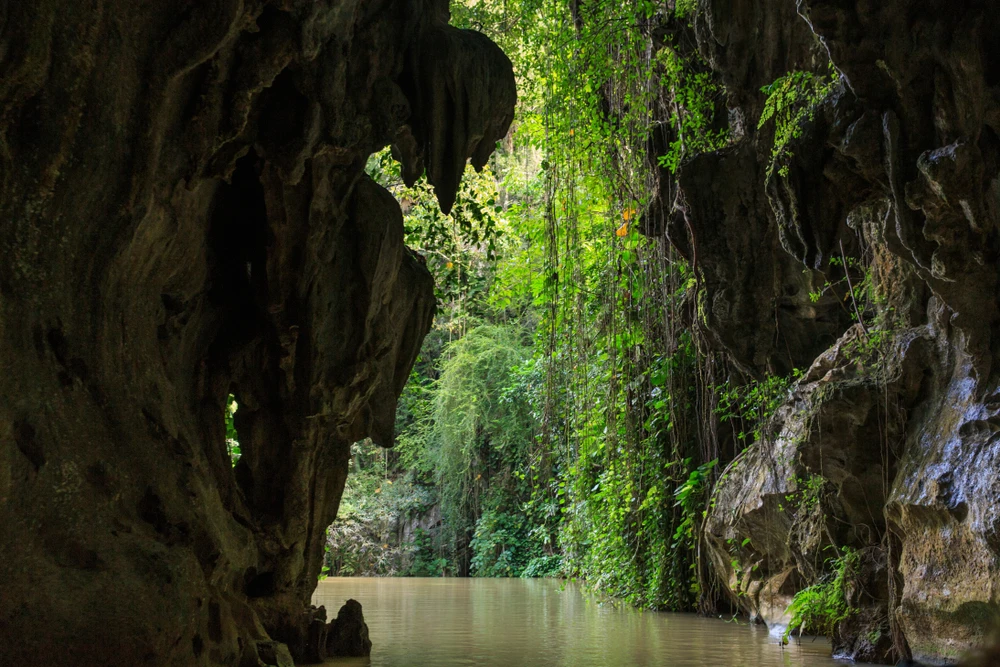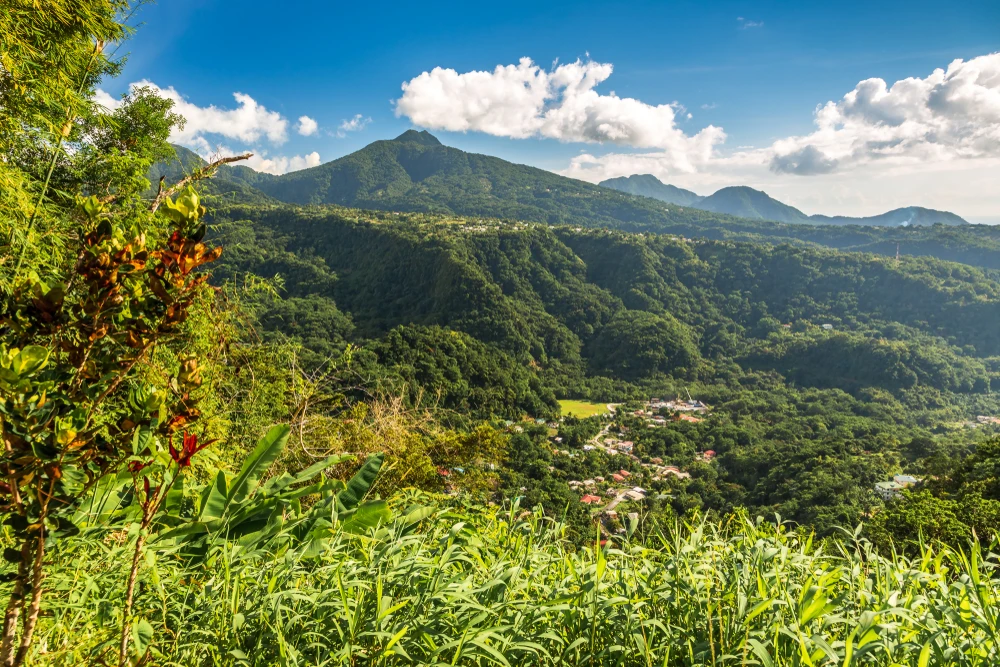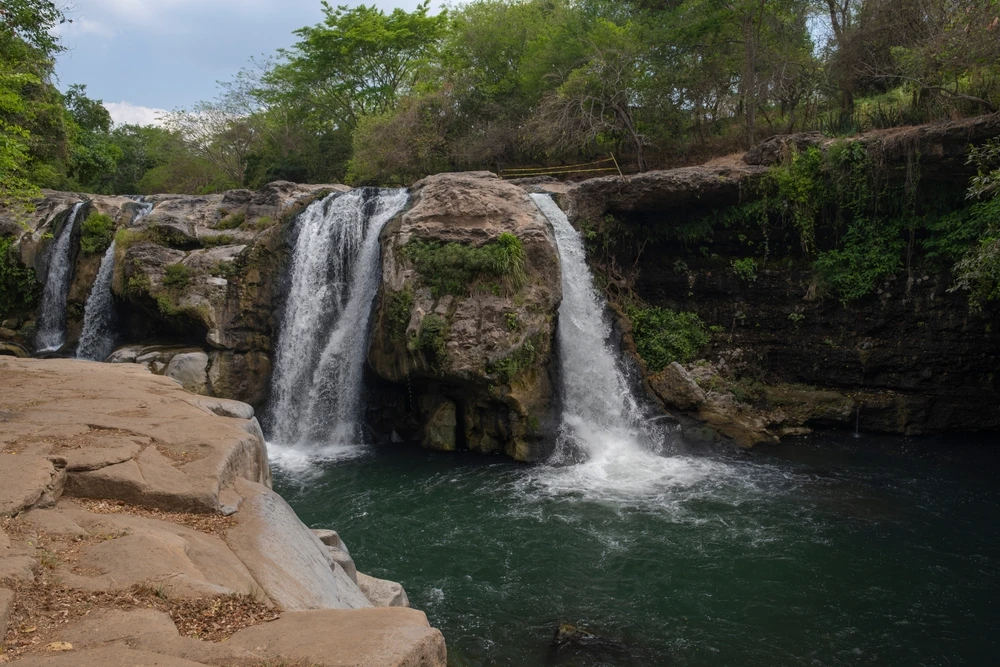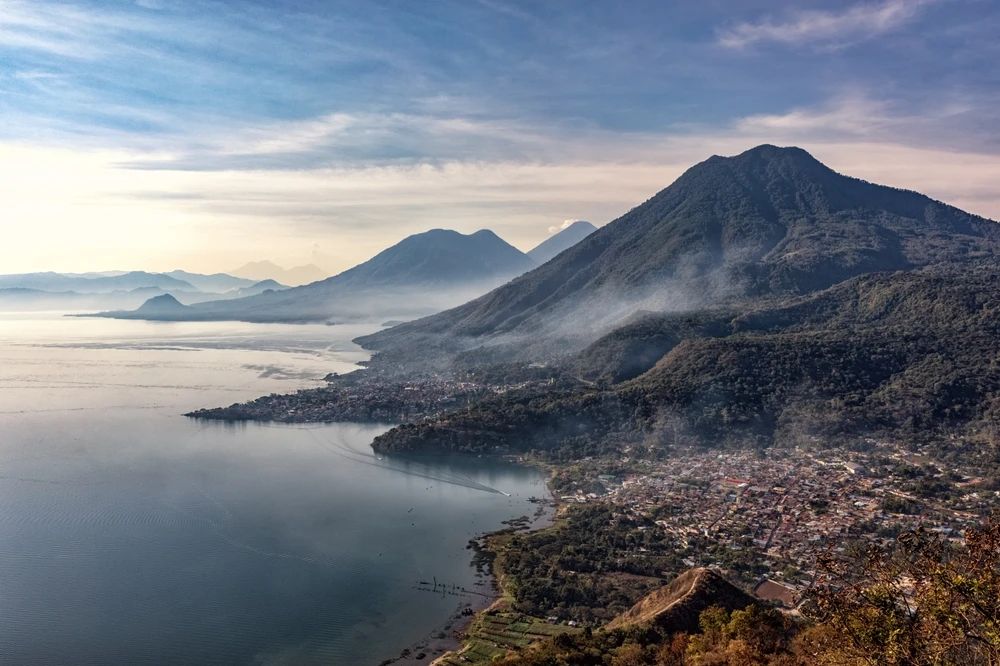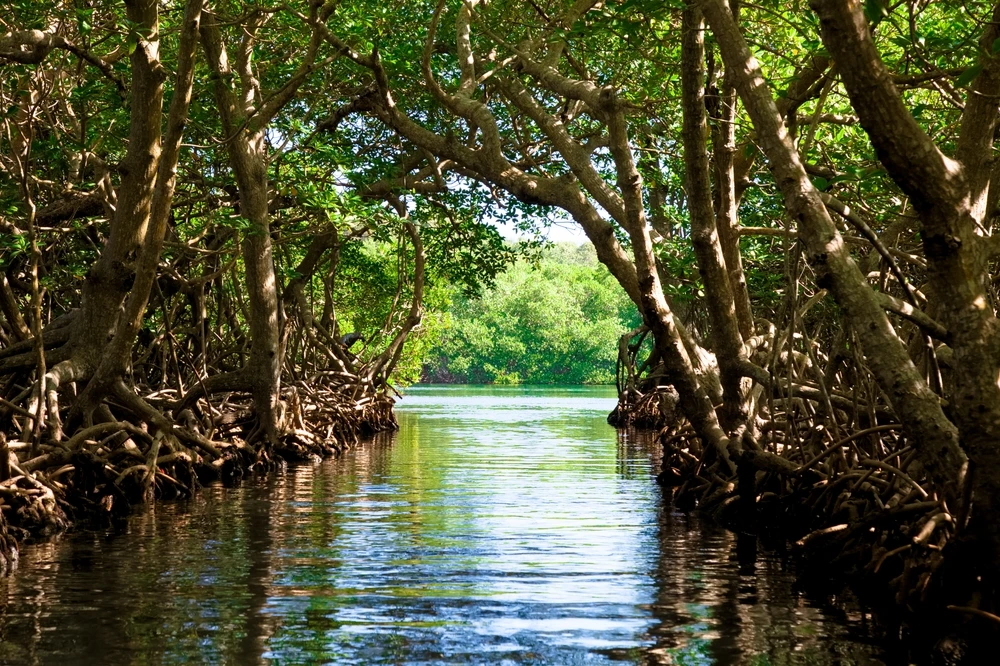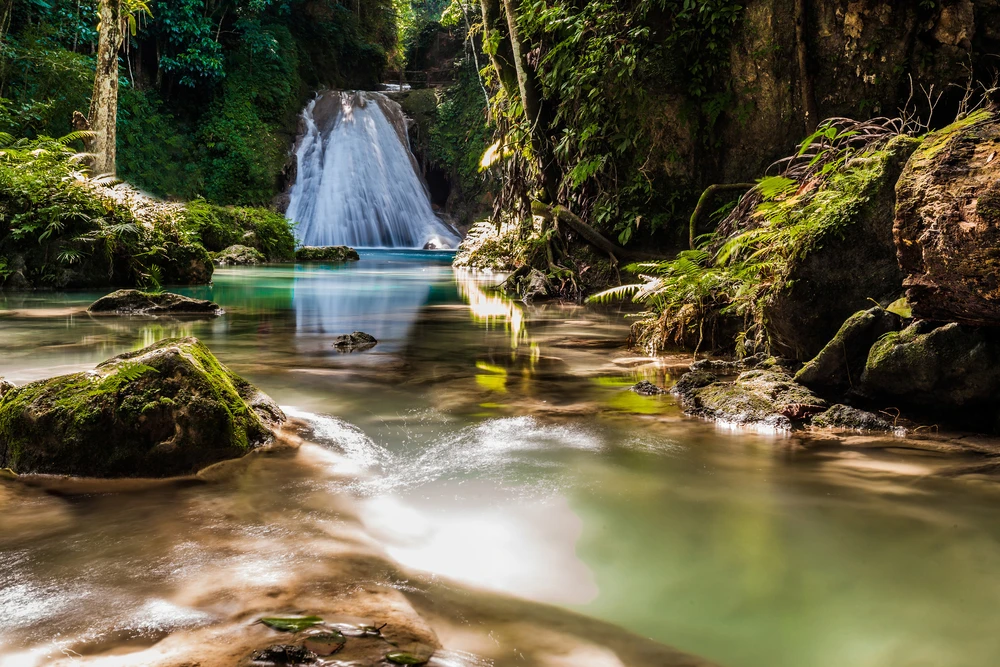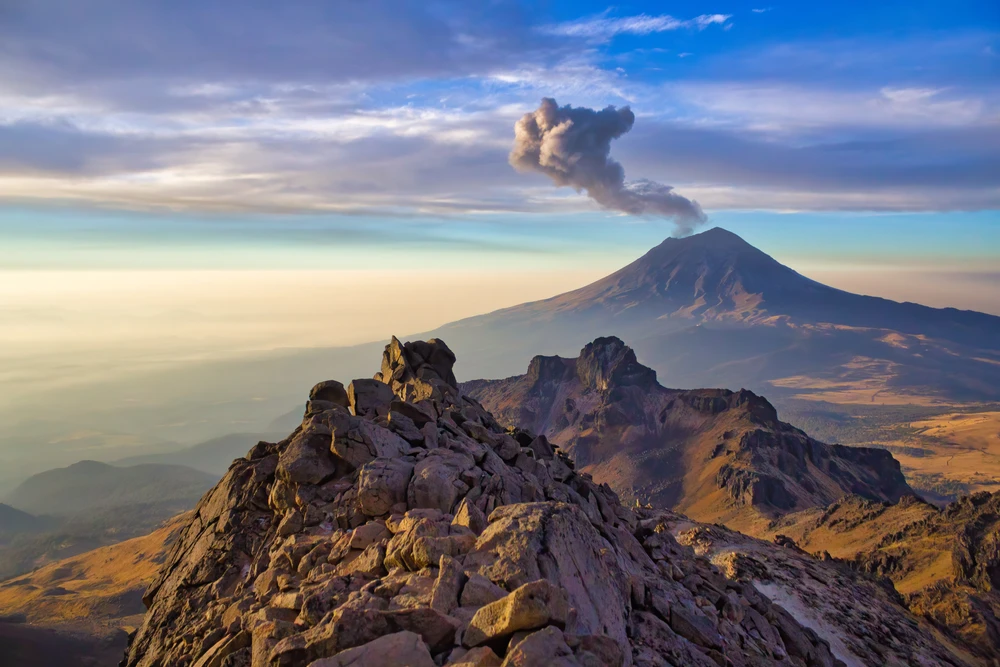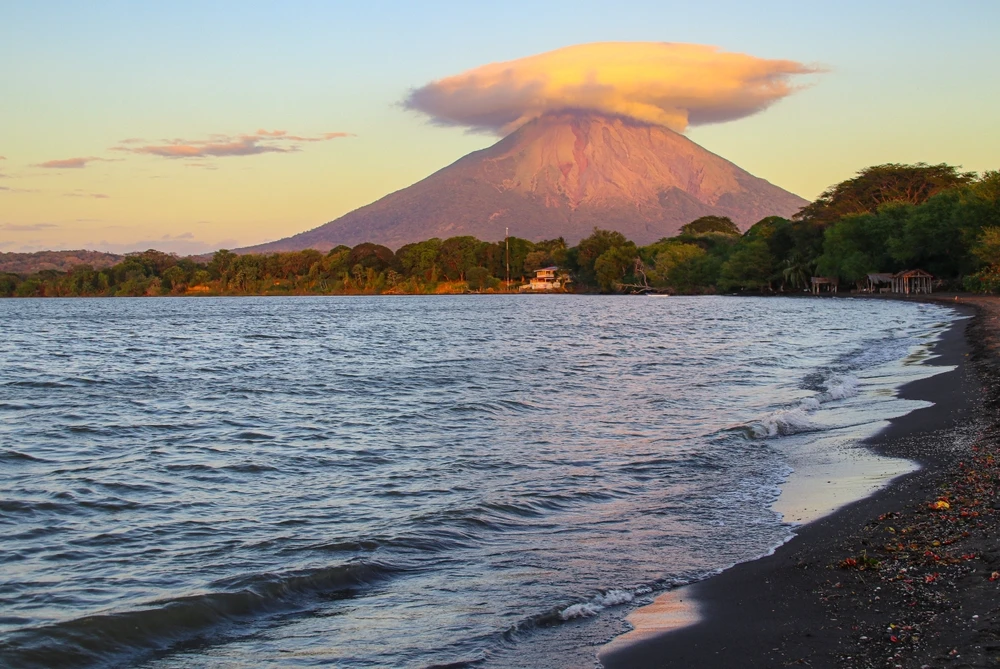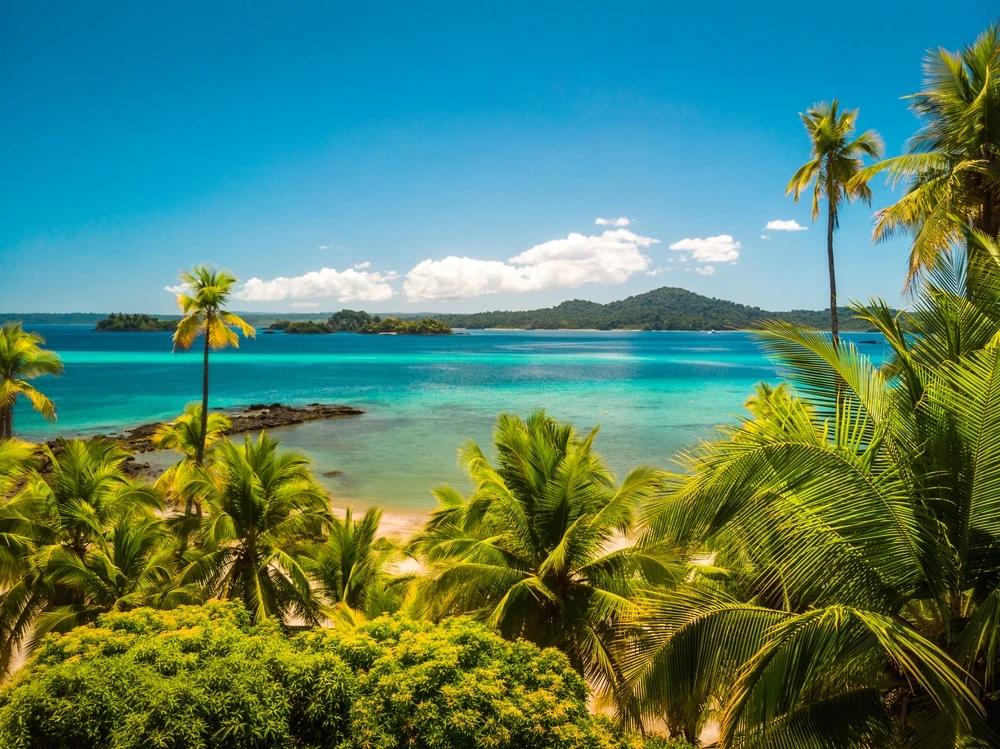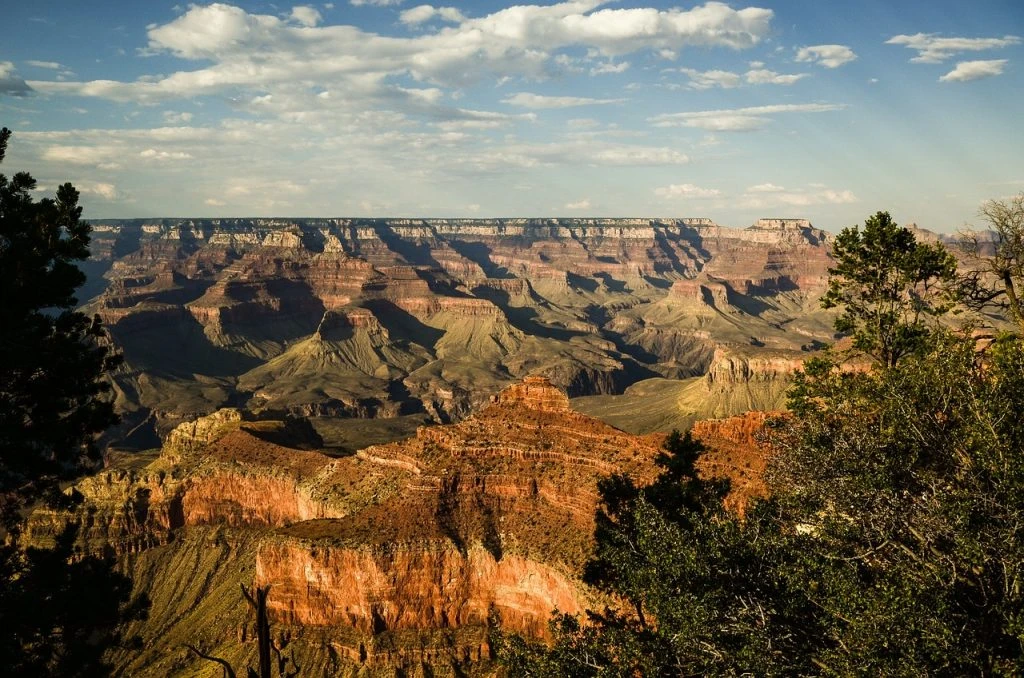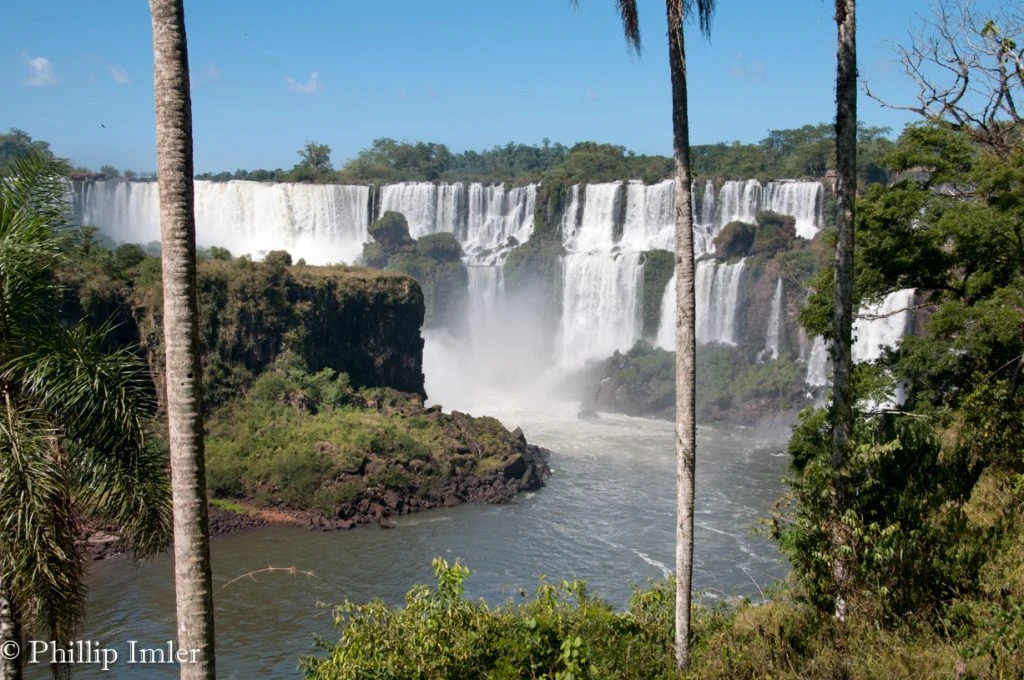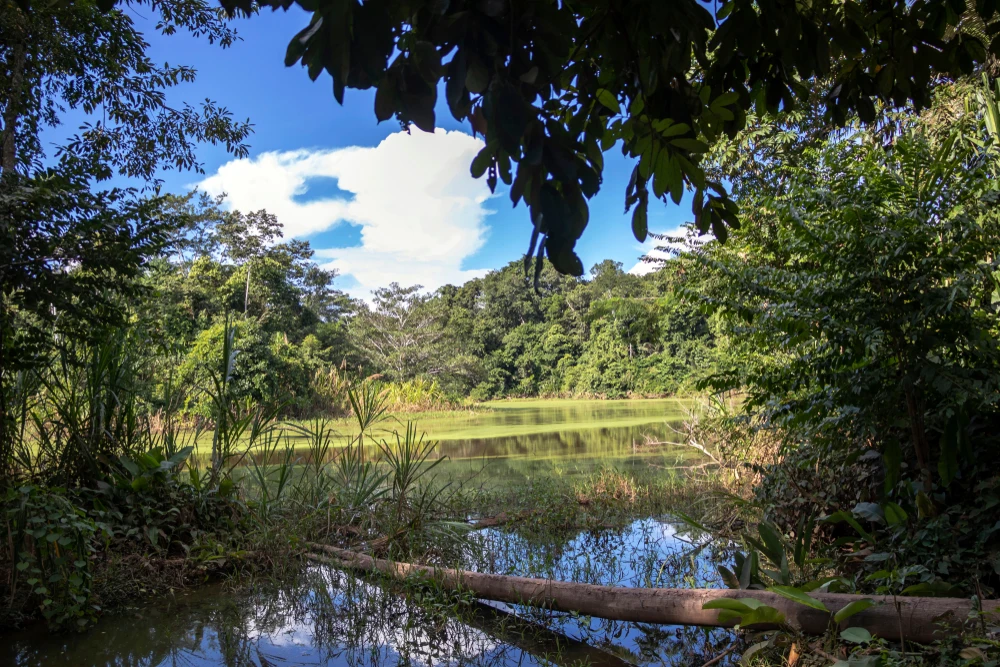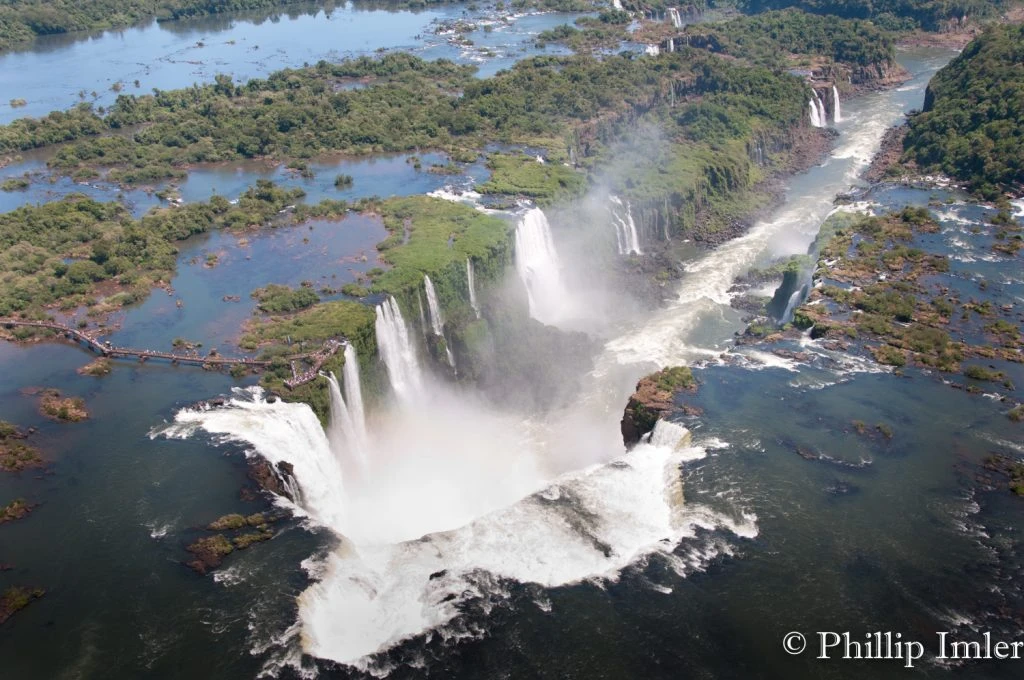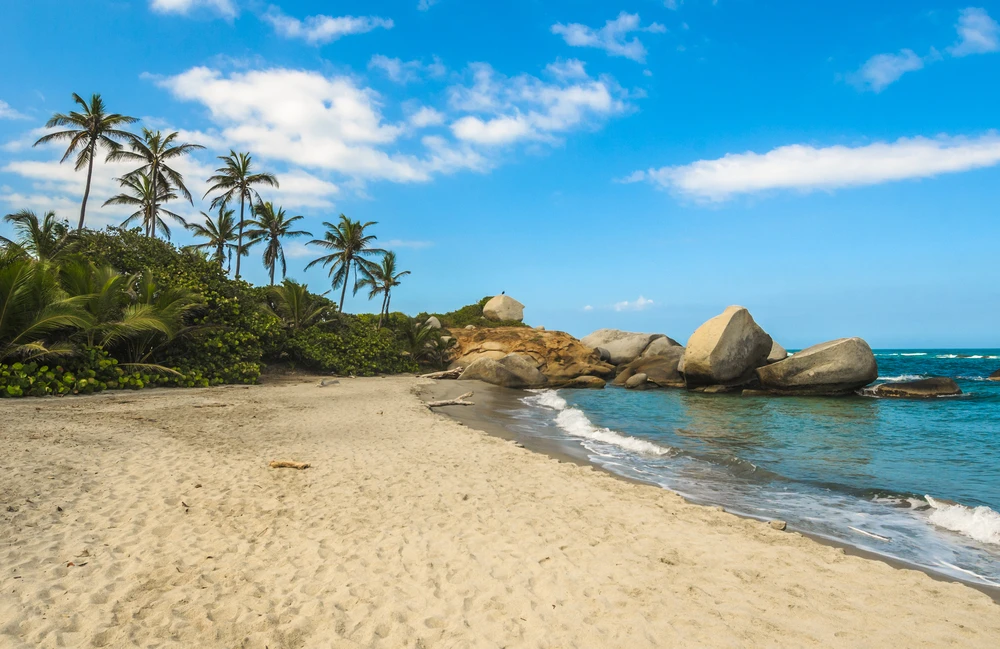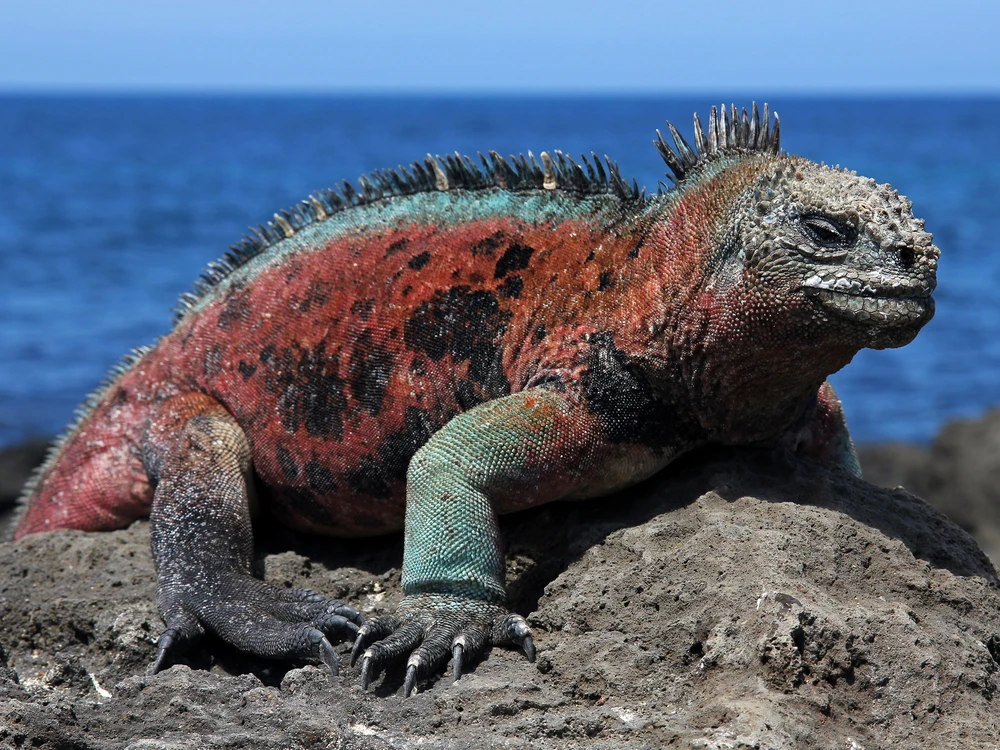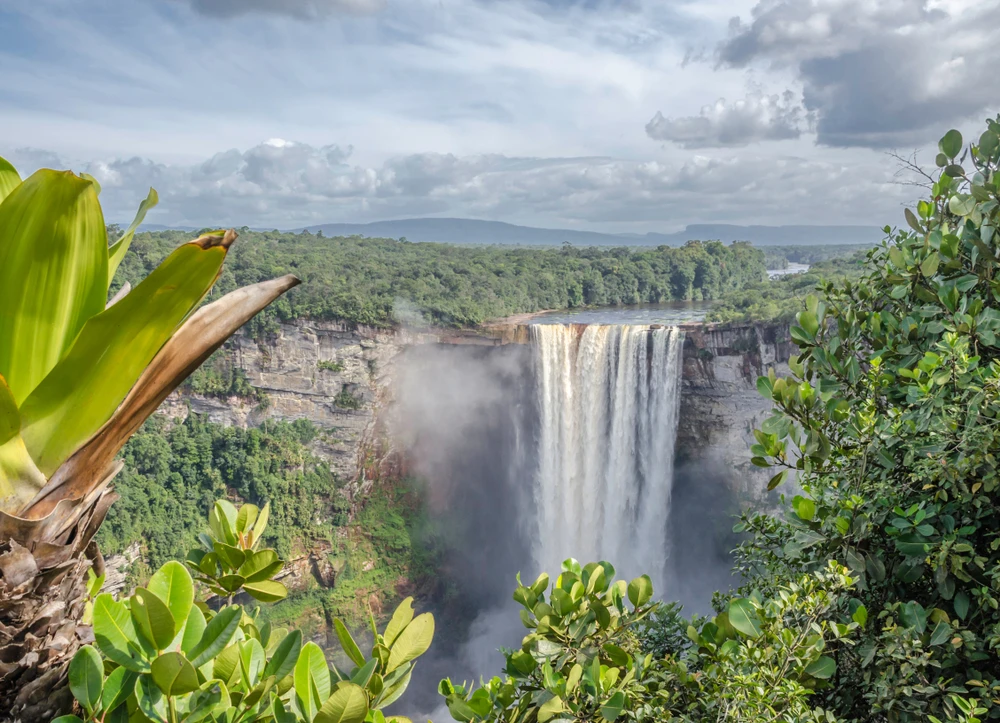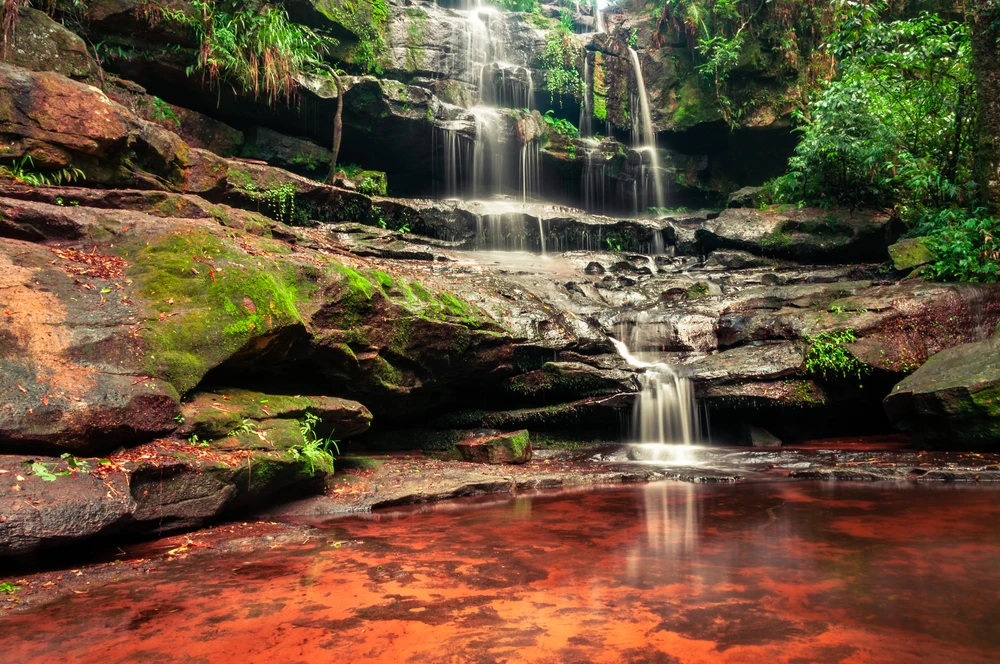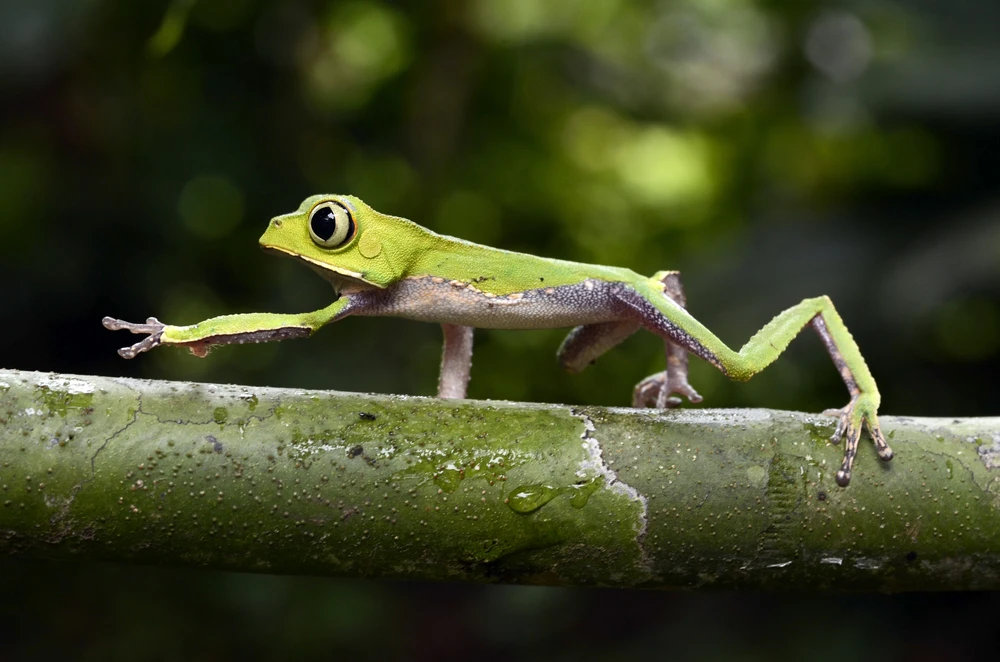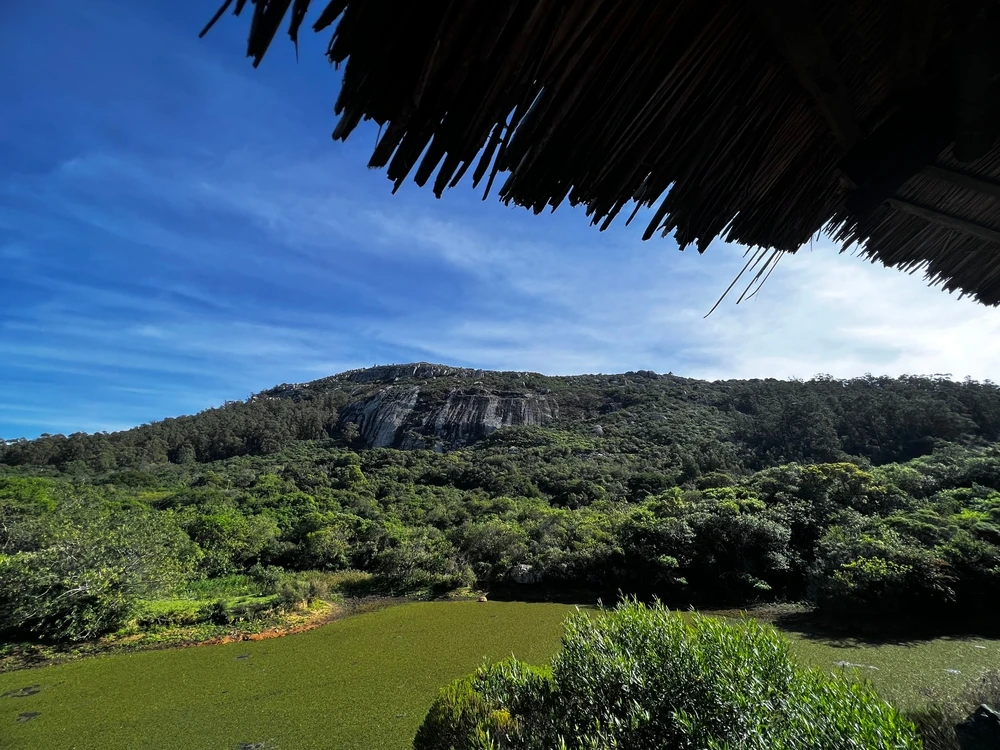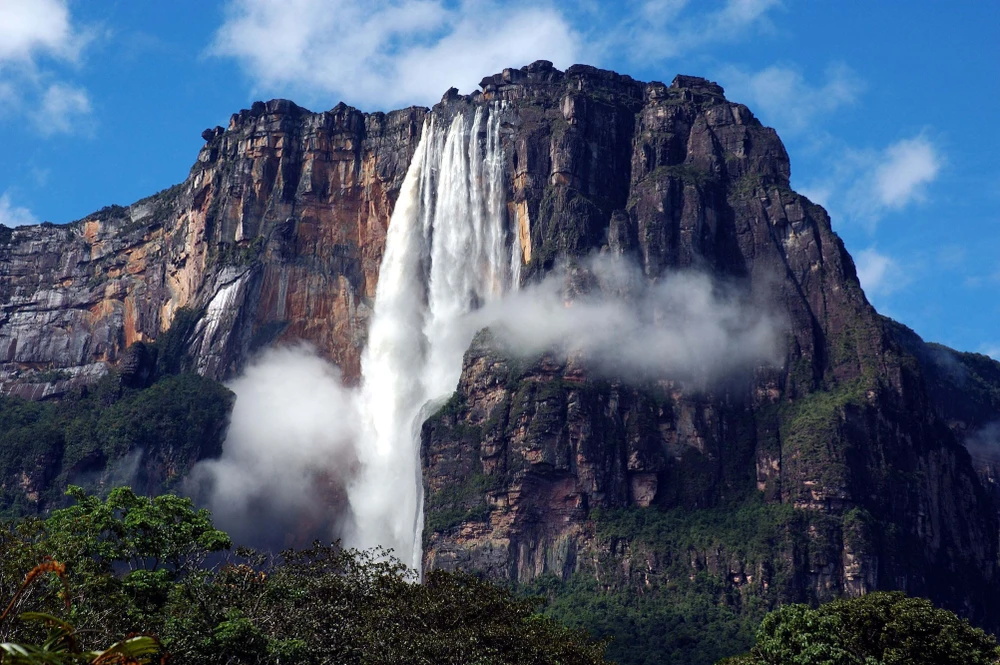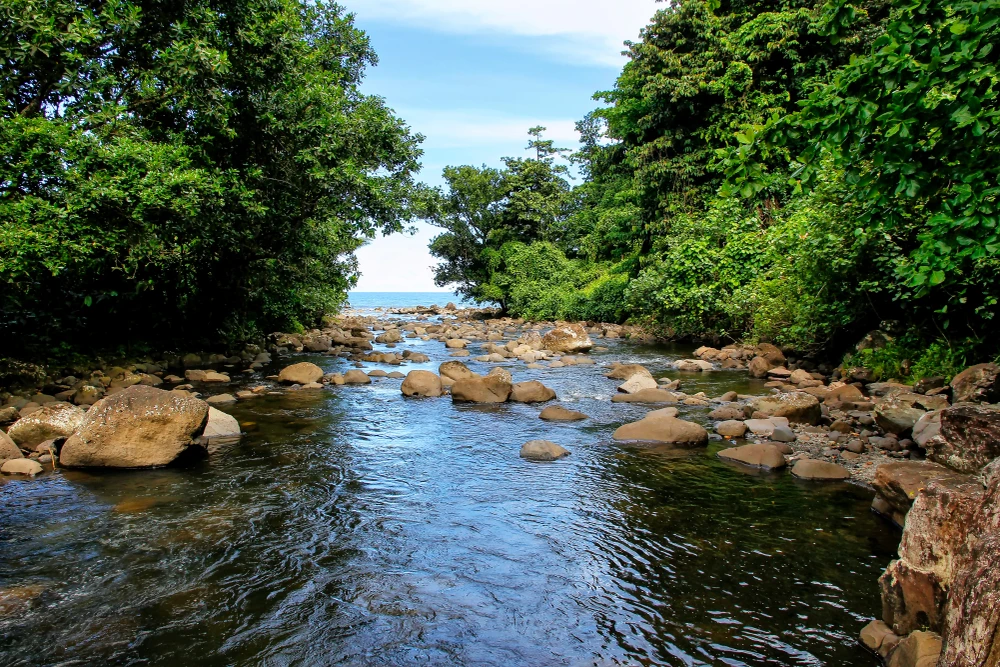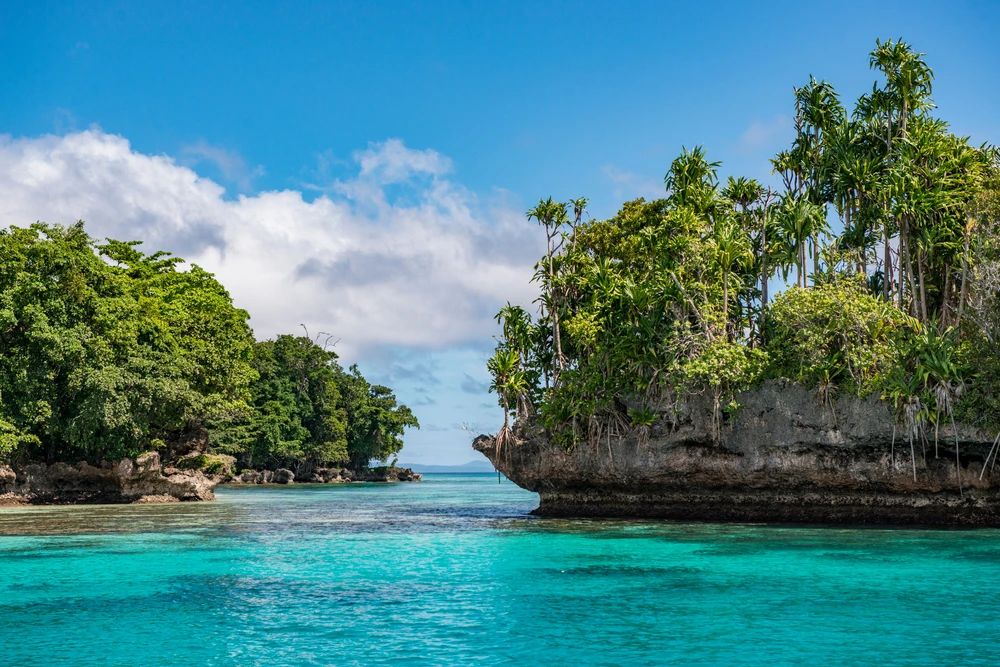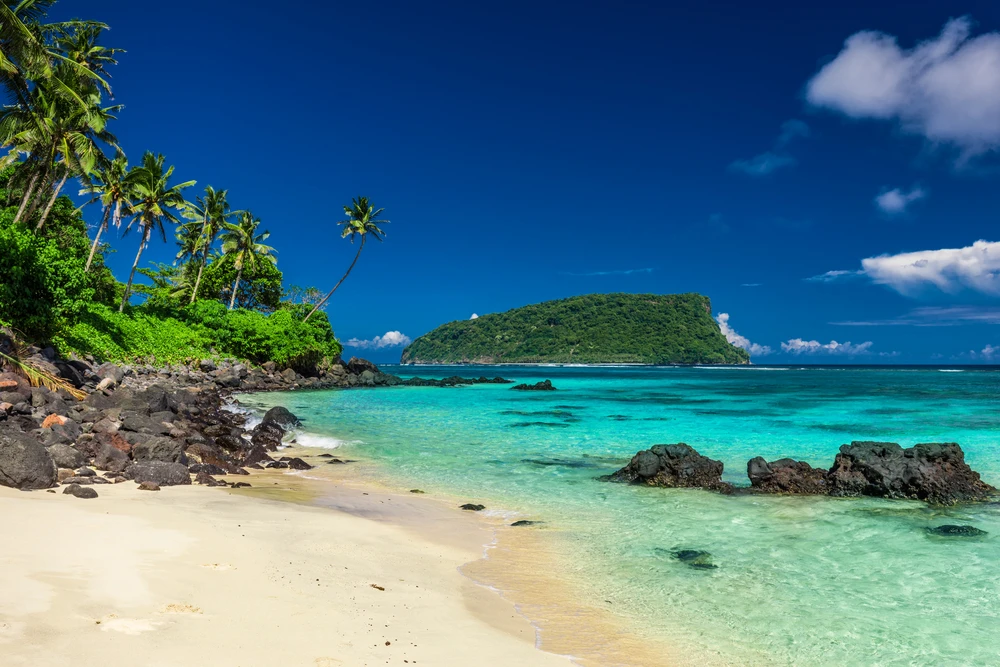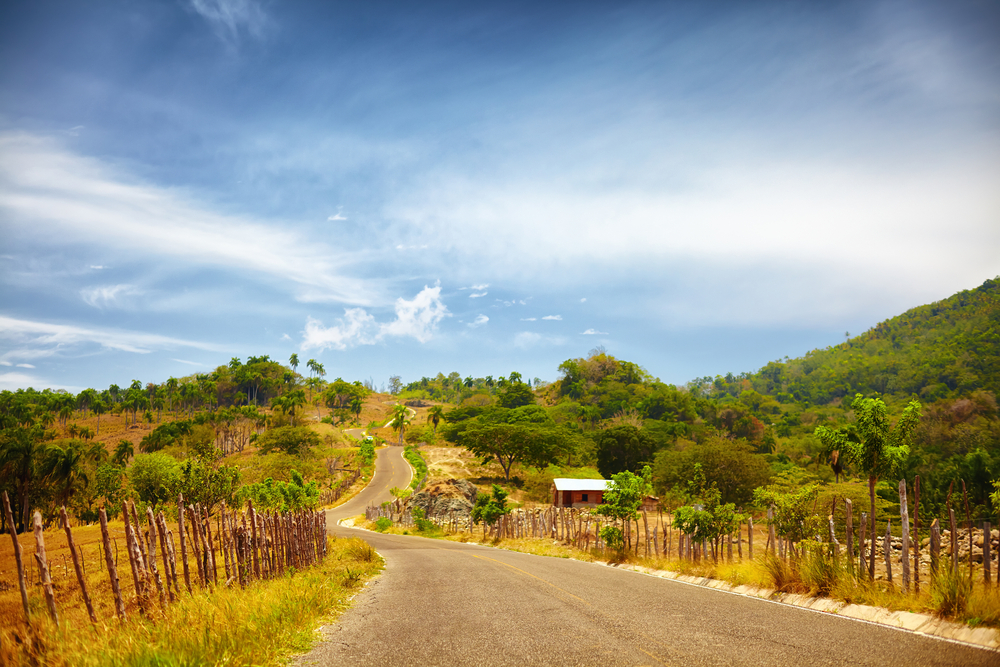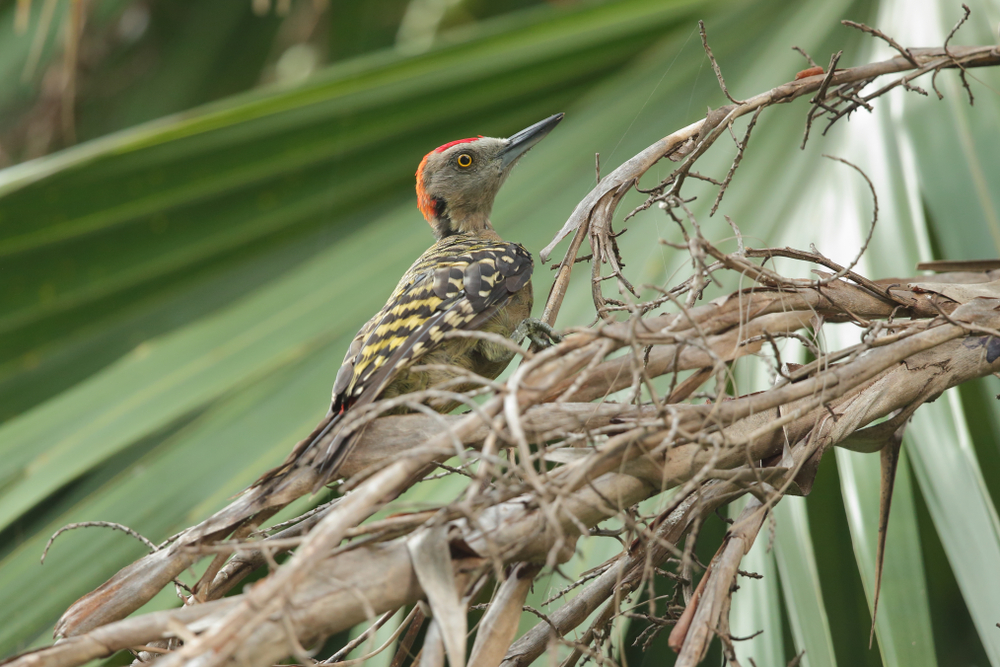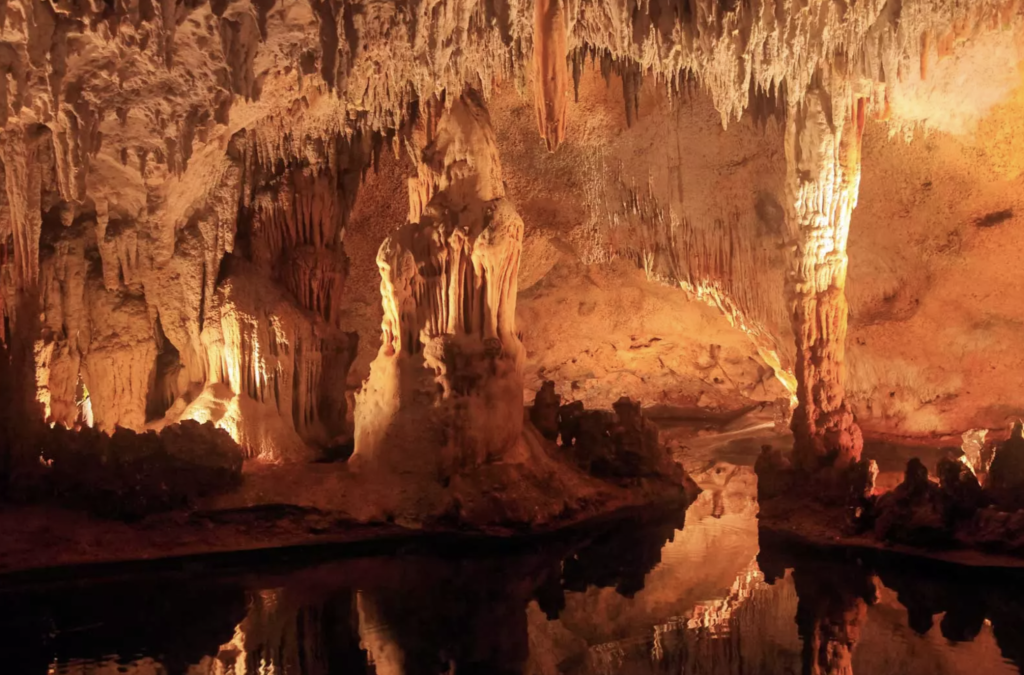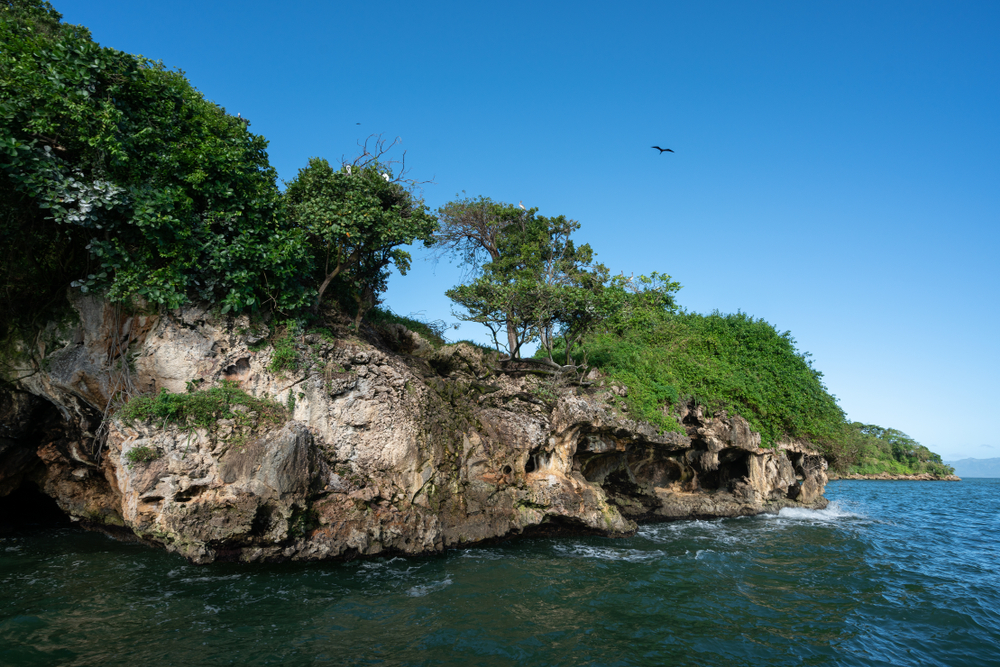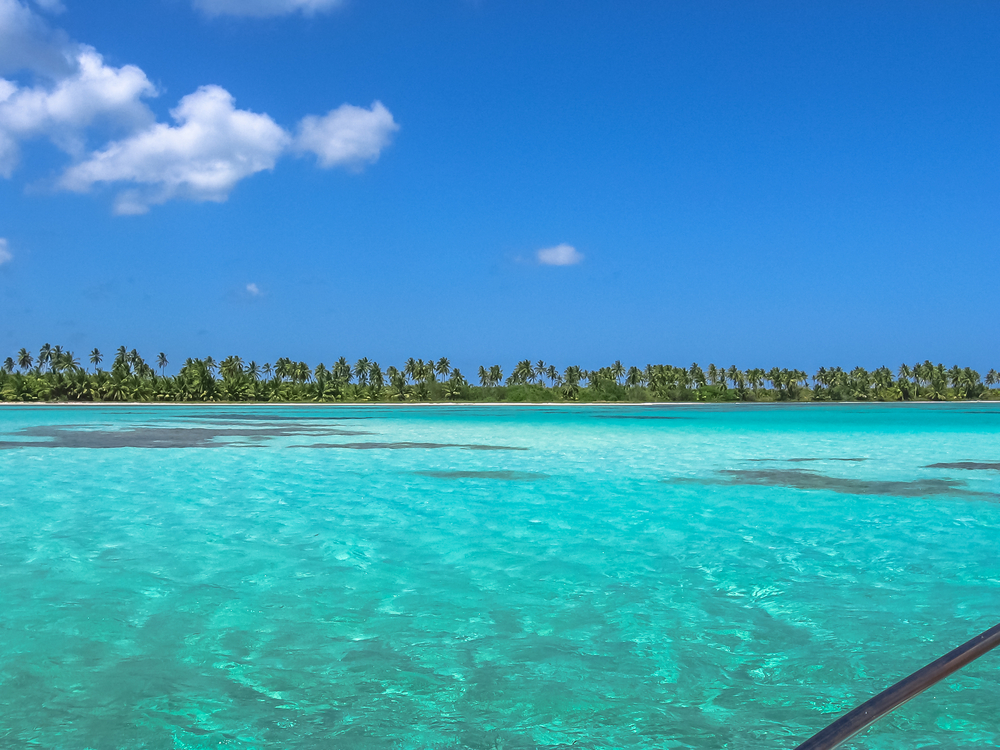Isabel de Torres Overview
Isabel de Torres National Park, known locally as Parque Nacional Isabel de Torres, is a stunning natural reserve located near Puerto Plata on the northern coast of the Dominican Republic.
The park covers approximately 15 square kilometers (5.8 square miles) and is centered around the impressive Mount Isabel de Torres, which rises to an elevation of 793 meters (2,602 feet) above sea level. This park is one of the most accessible natural attractions in the region, offering a mix of mountainous terrain, lush tropical forests, and panoramic coastal views.
The landscape of Isabel de Torres National Park is dominated by its namesake mountain, which serves as a striking backdrop to the city of Puerto Plata. The slopes of the mountain are densely covered with tropical and subtropical vegetation, including towering mahogany and royal palm trees, vibrant bromeliads, and thick clusters of ferns.
The park’s ecosystem supports a variety of plant species, some of which are endemic to the island. As visitors ascend the mountain, they experience a shift in climate and vegetation, transitioning from warm, humid lowlands to a cooler, mist-covered cloud forest near the summit.
The park is also home to the Río San Marcos, a small but significant water source that nourishes the surrounding vegetation and contributes to the park’s biodiversity.
Wildlife enthusiasts visiting Isabel de Torres National Park will encounter a variety of bird species, including the Hispaniolan woodpecker, broad-billed tody, and the vibrant green Hispaniolan parakeet. The park also provides habitat for the endangered Ridgway’s hawk and the elusive barn owl.
Among mammals, the park is home to the Hispaniolan solenodon, a rare nocturnal insectivore with evolutionary links dating back millions of years. Other creatures, such as hutias, a rodent-like mammal endemic to the Caribbean, and several species of bats, also inhabit the park’s forests. The diverse array of reptiles includes anole lizards and the Hispaniolan boa, a non-venomous snake that plays an essential role in the local ecosystem.
One of the most notable features of Isabel de Torres National Park is the massive Christ the Redeemer statue that sits atop the mountain, reminiscent of the famous statue in Rio de Janeiro. This landmark attracts numerous visitors who take the cable car, known as the teleférico, to the summit, offering breathtaking views of Puerto Plata, the Atlantic Ocean, and the surrounding countryside.
The park also features an extensive network of trails, providing opportunities for hiking and nature exploration. Visitors can explore well-maintained paths that wind through the tropical forest, allowing them to experience the park’s rich biodiversity up close. Additionally, the botanical garden near the summit showcases a variety of native and ornamental plants, further enhancing the visitor experience.
Isabel de Torres National Park faces conservation challenges, including deforestation, urban encroachment, and the impact of tourism on its delicate ecosystems. However, efforts have been made to protect and manage the park through reforestation initiatives and environmental education programs.
The Dominican government, along with local conservation groups, has implemented measures to regulate visitor access, ensuring that the park’s natural beauty and biodiversity remain preserved for future generations.
With its combination of breathtaking scenery, diverse wildlife, and cultural significance, Isabel de Torres National Park stands as a remarkable destination for nature lovers and adventure seekers in the Dominican Republic.


